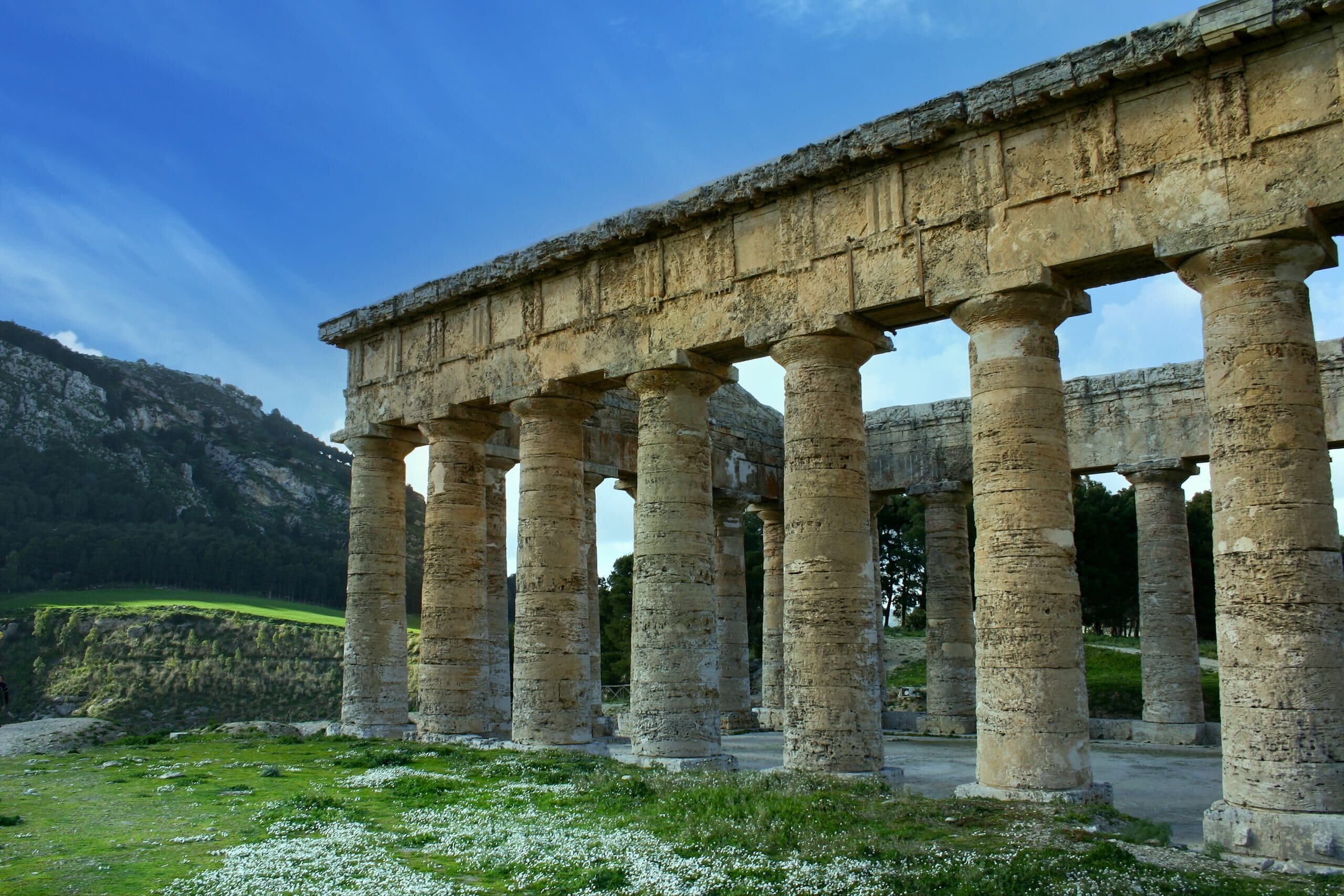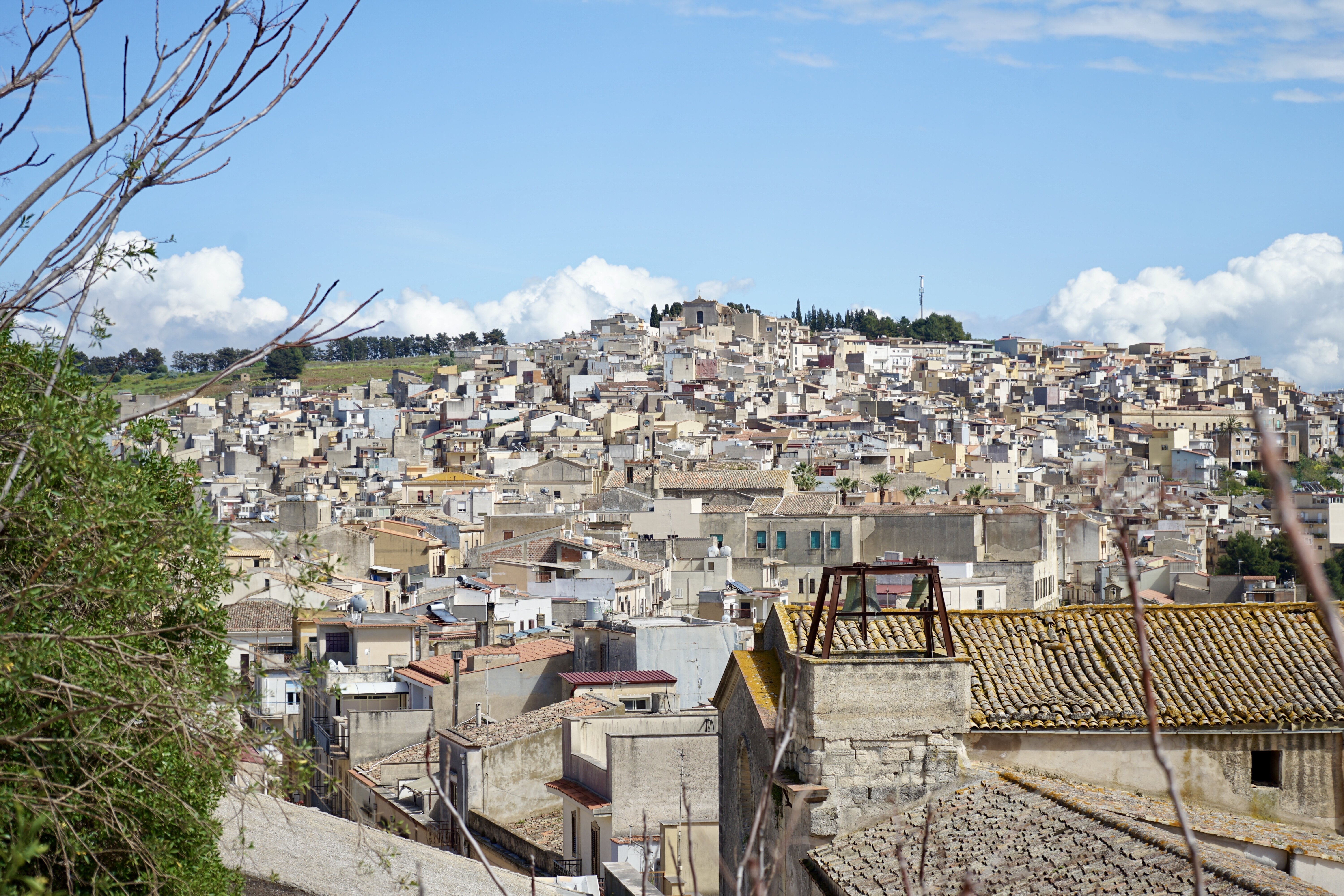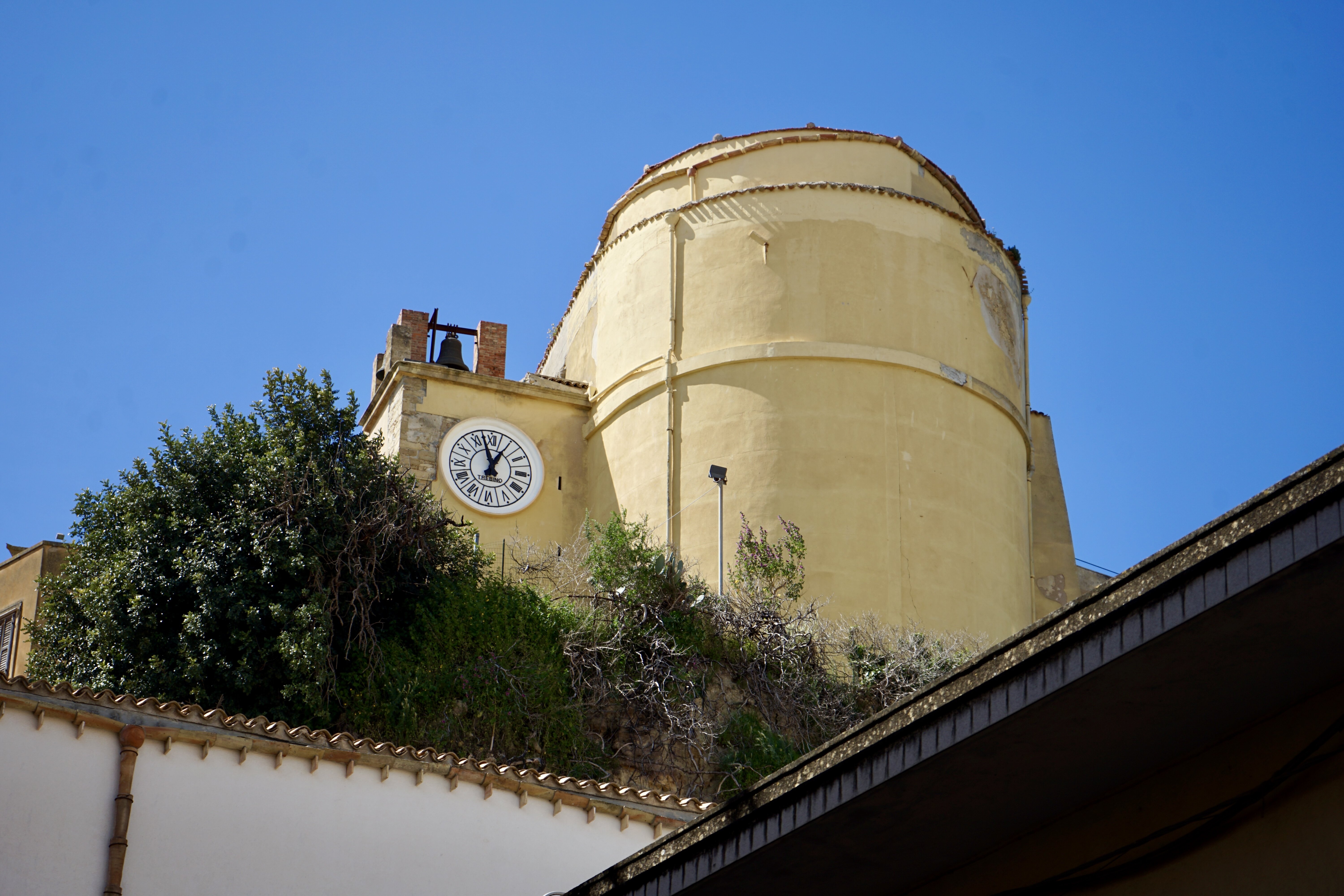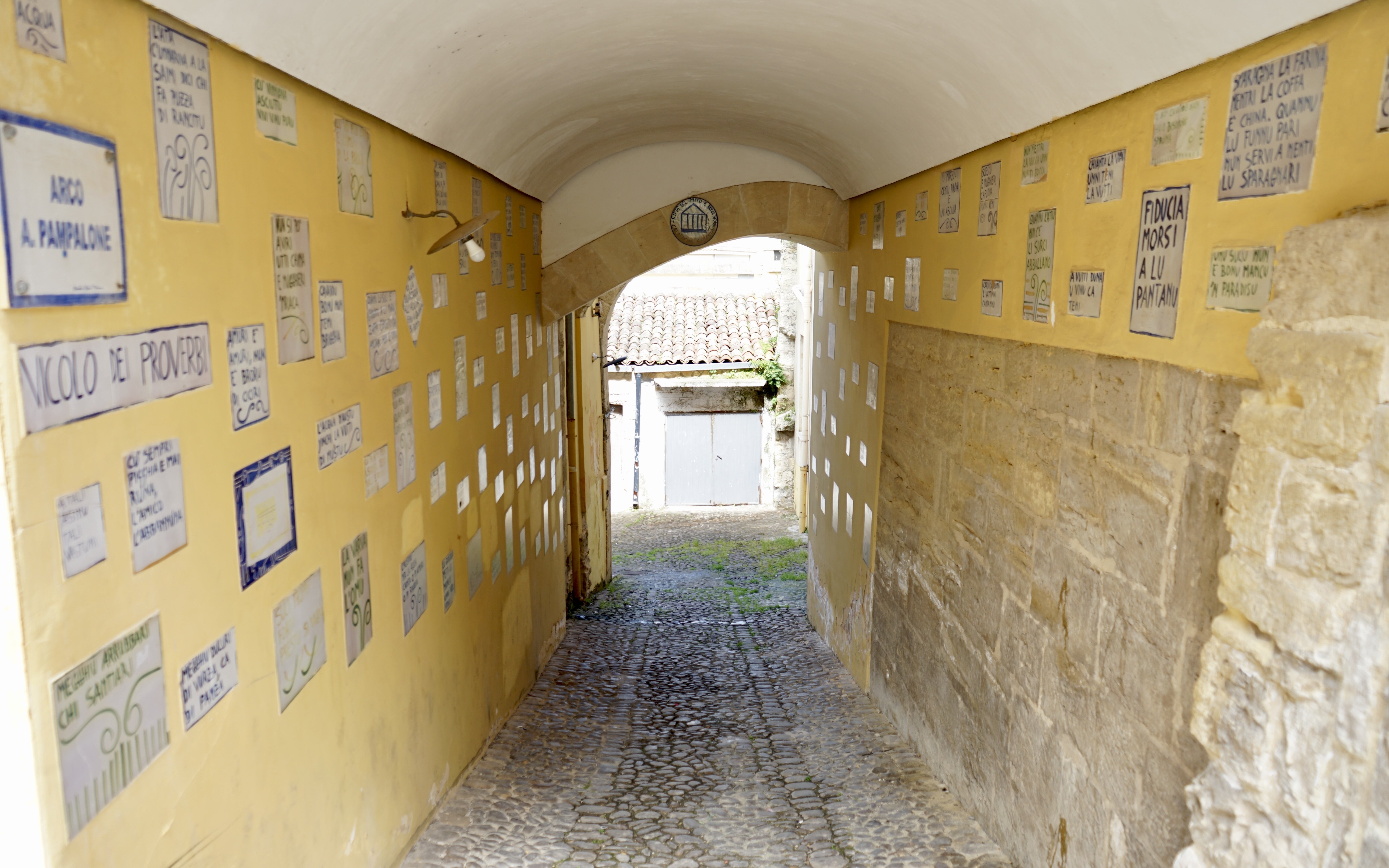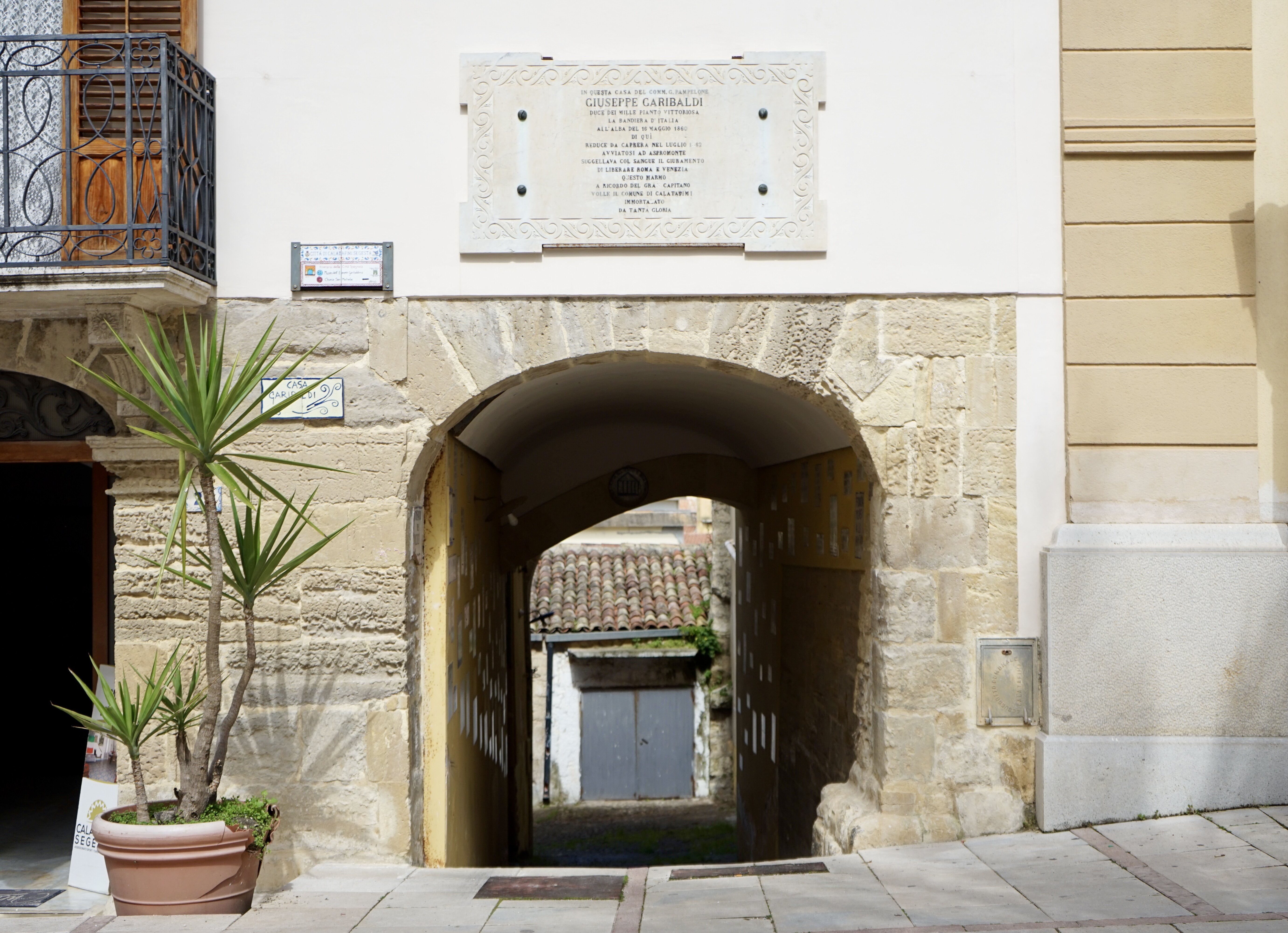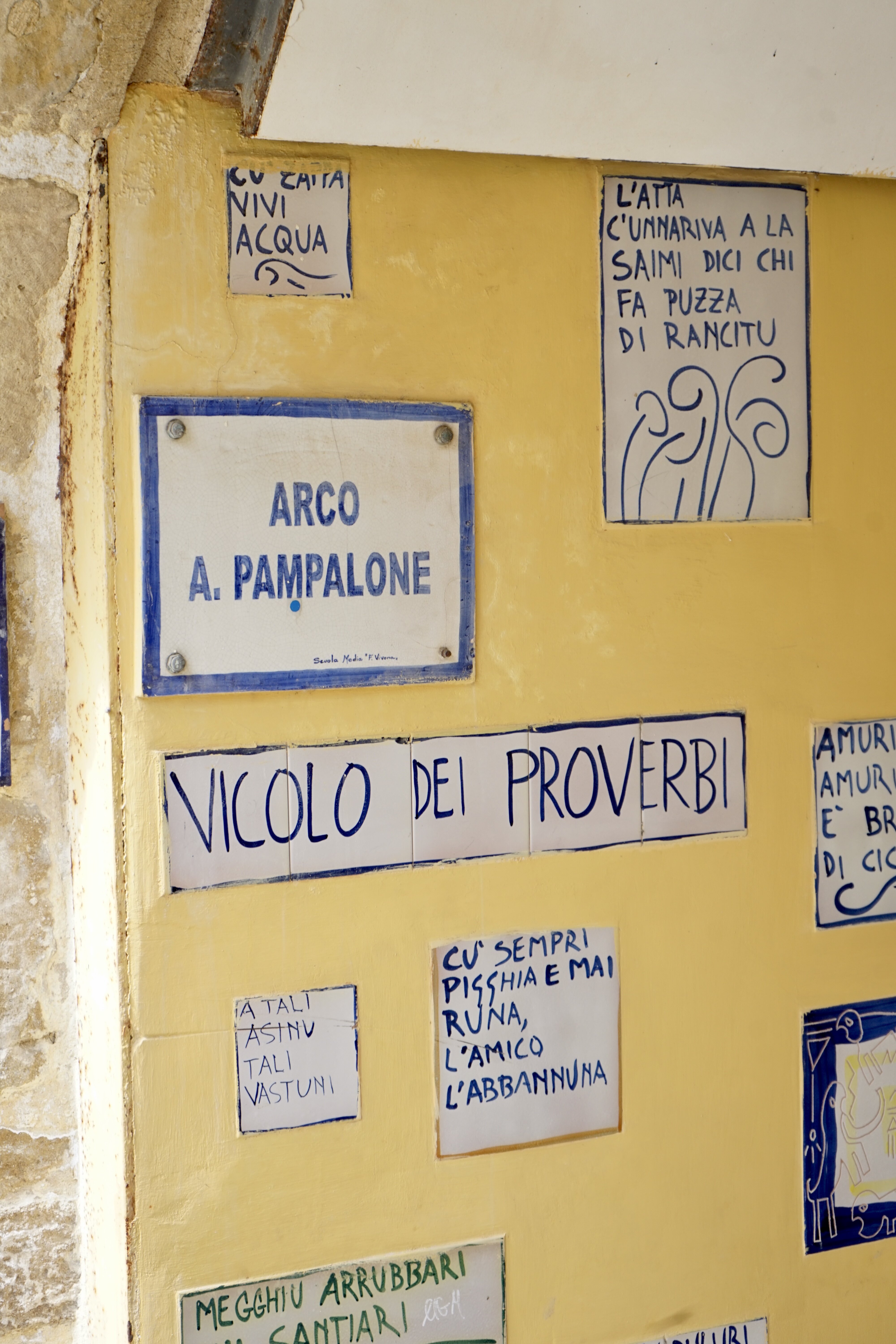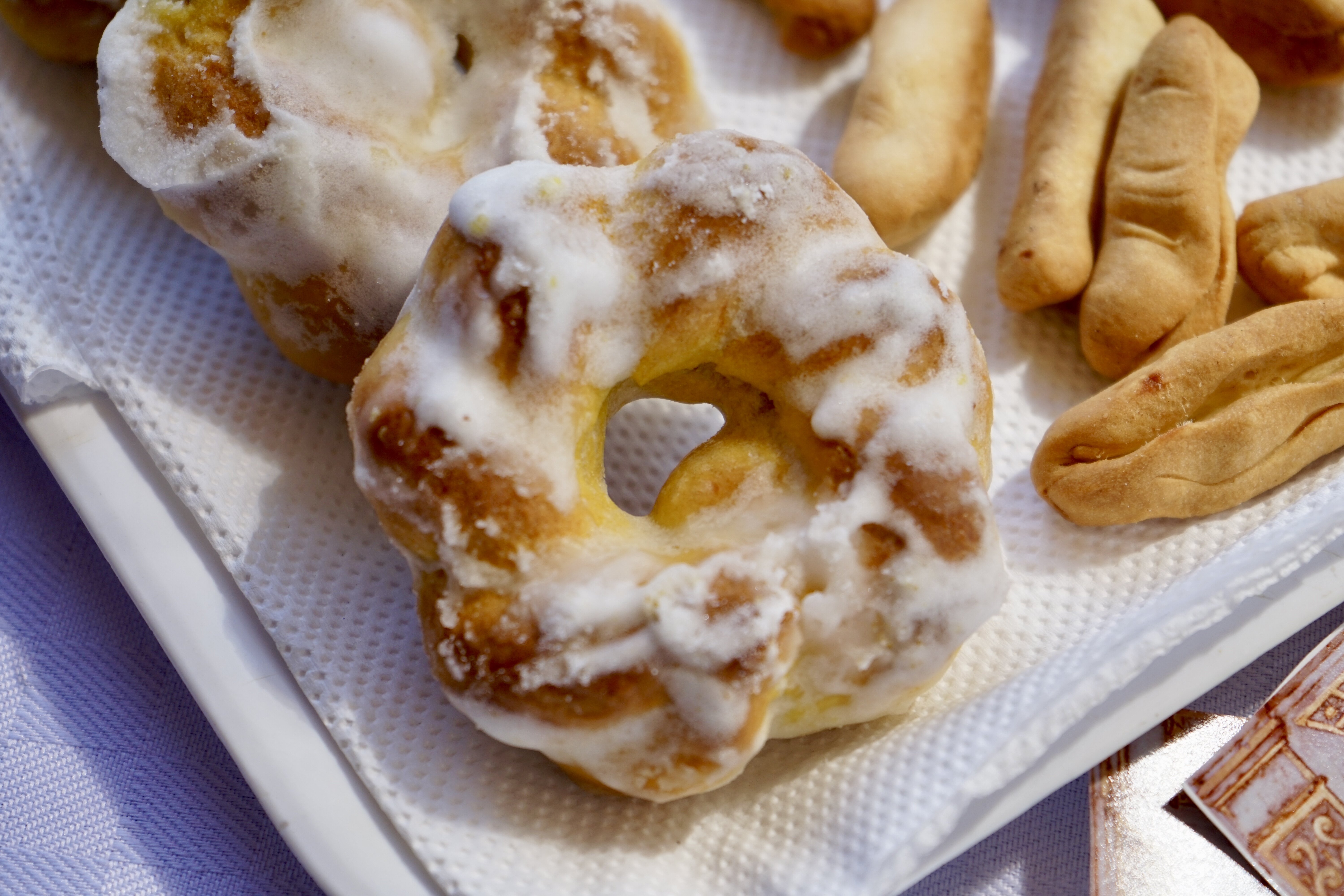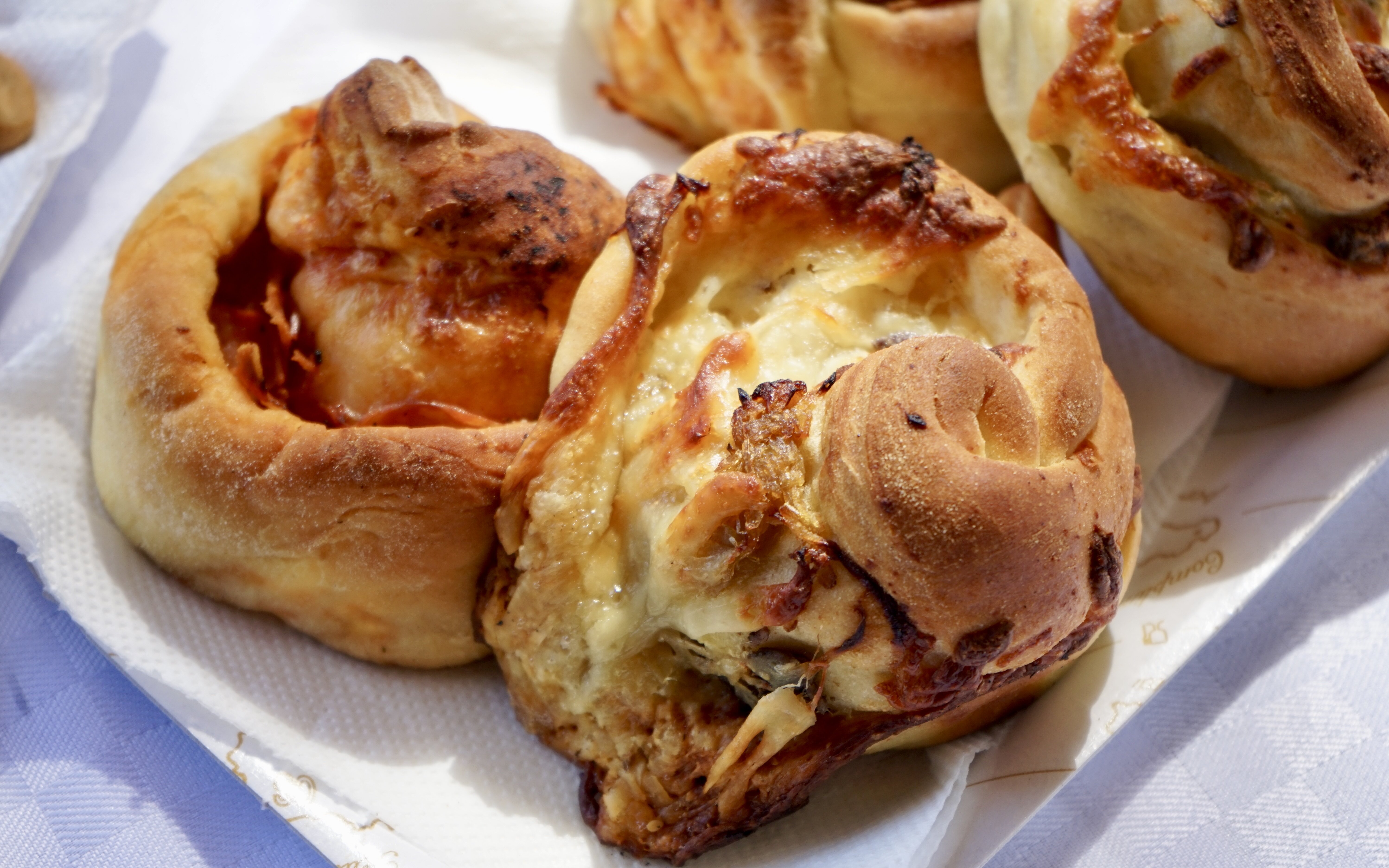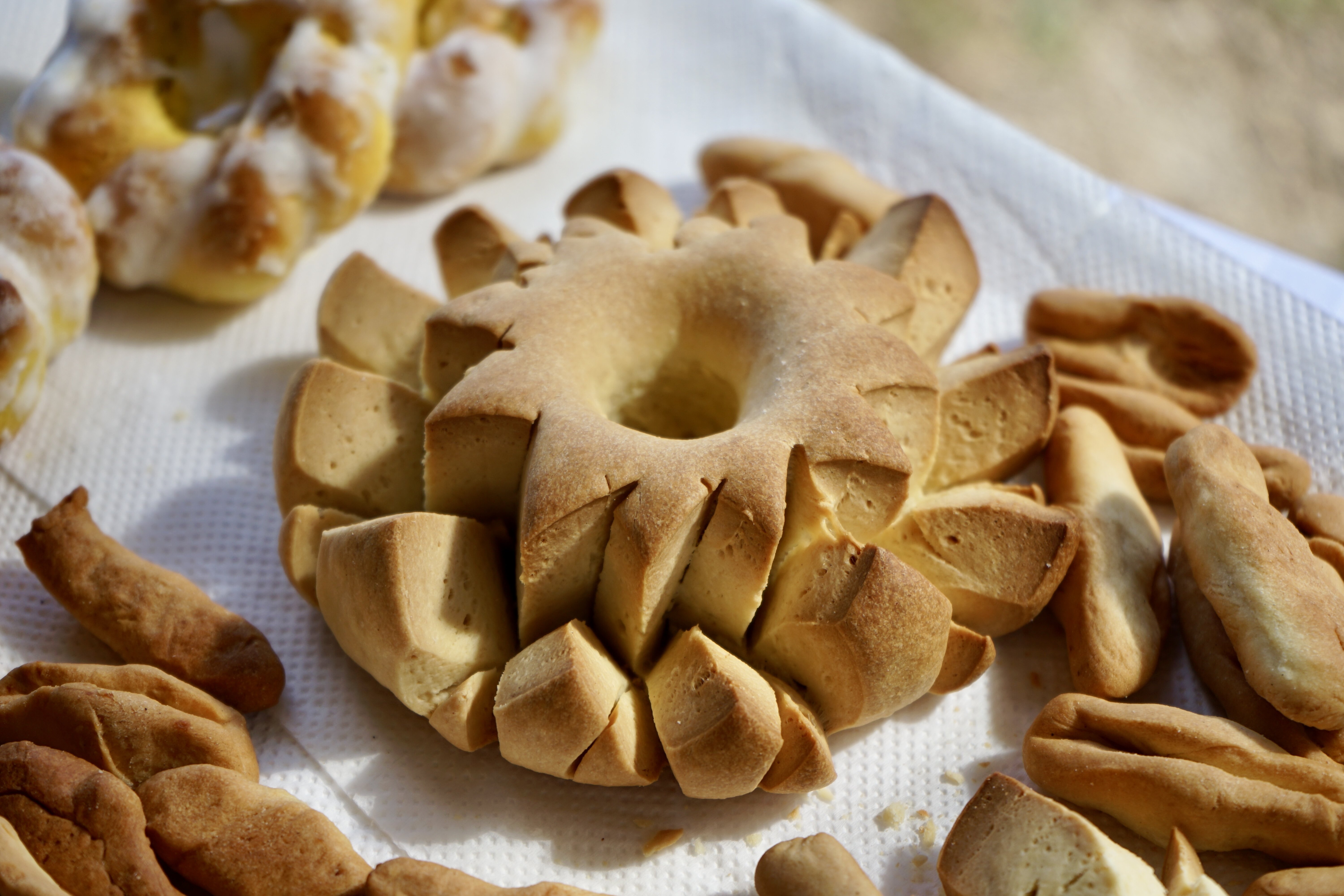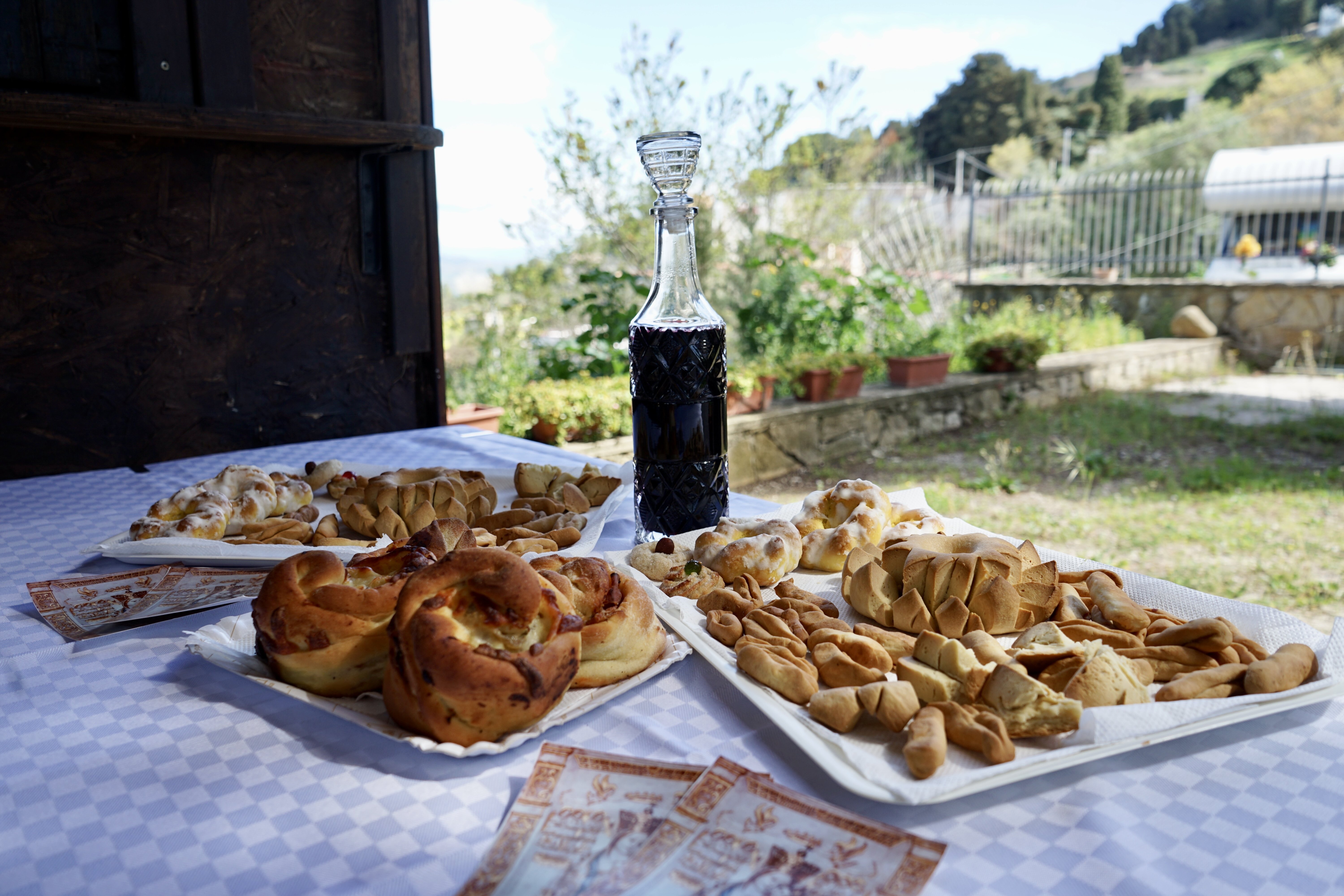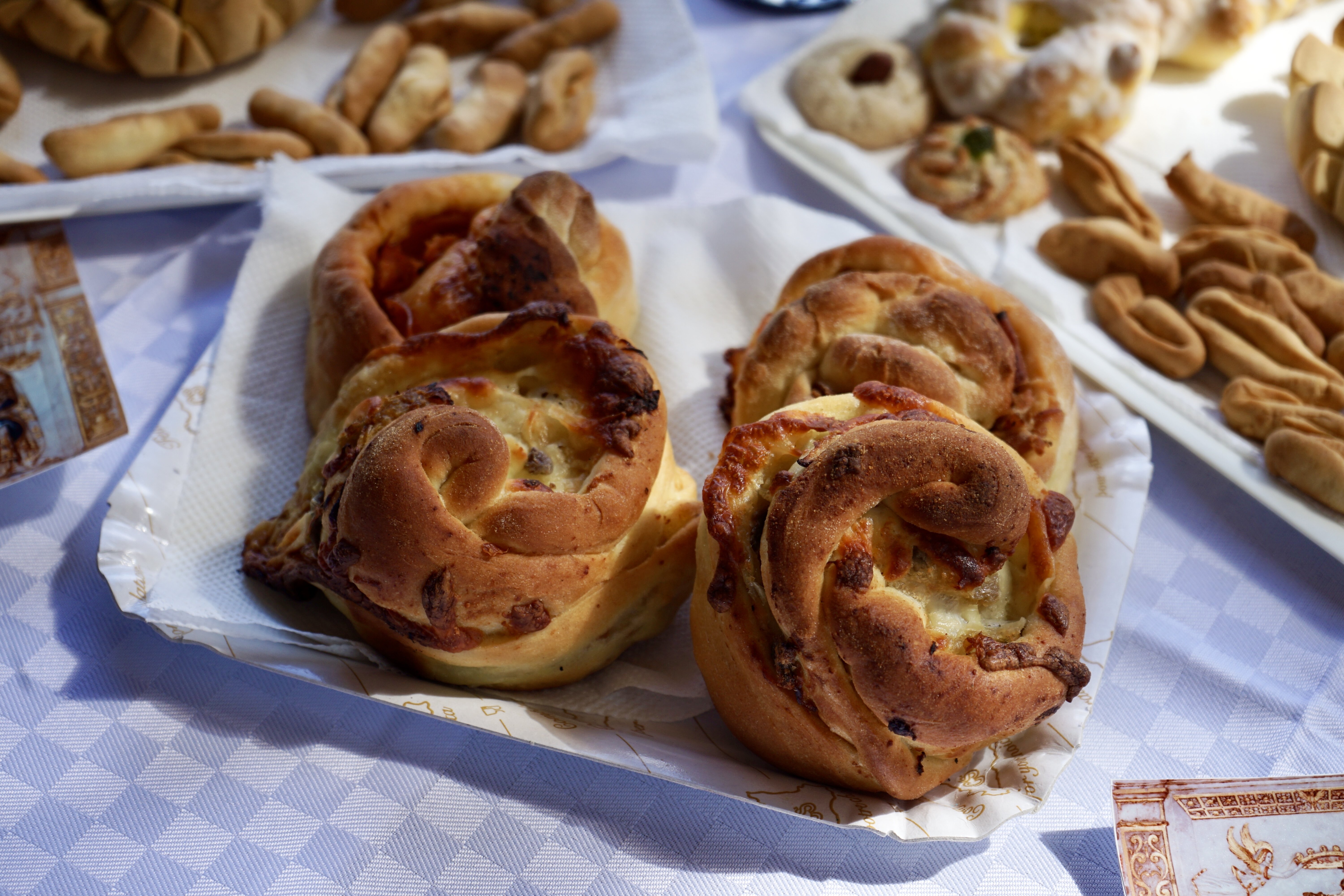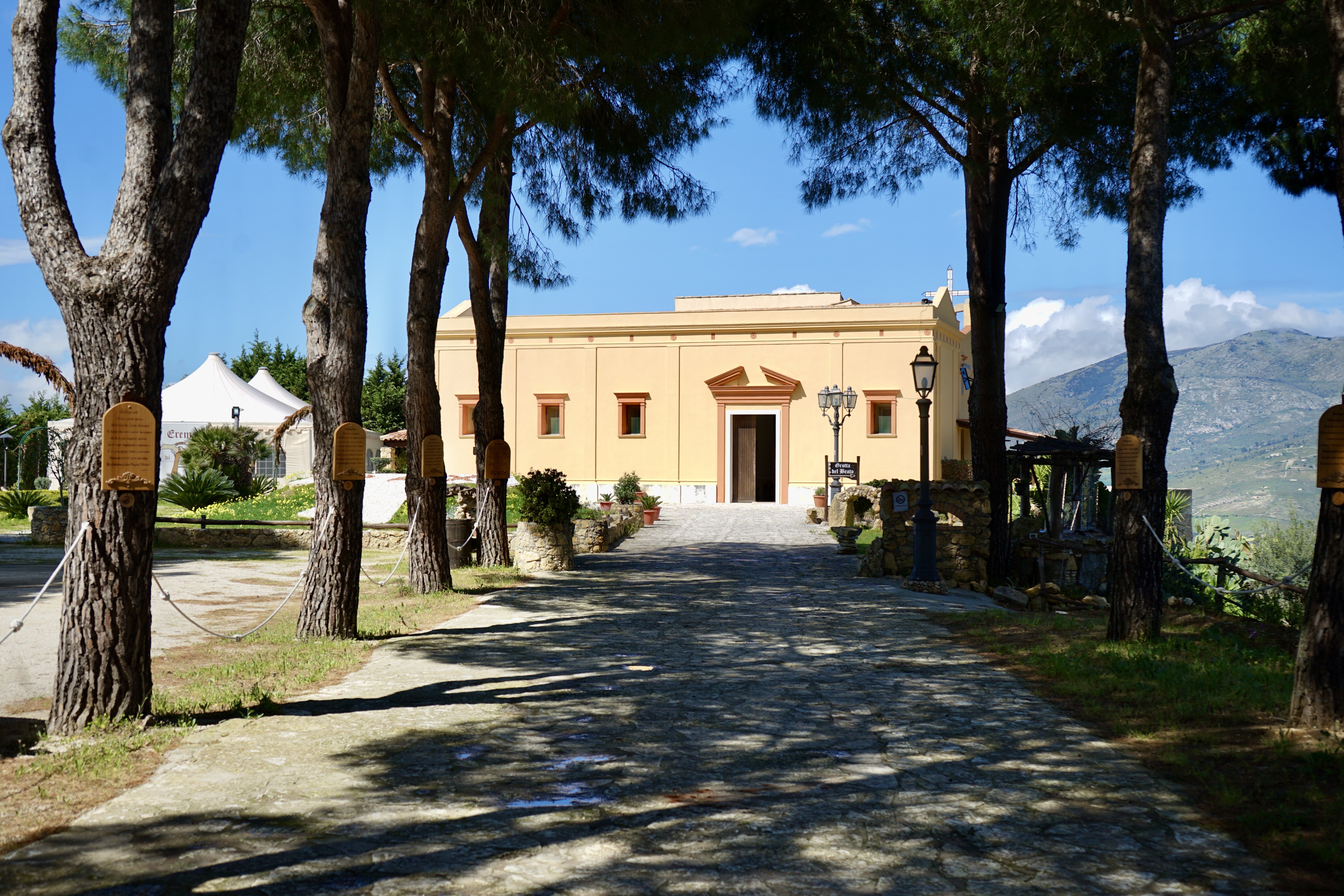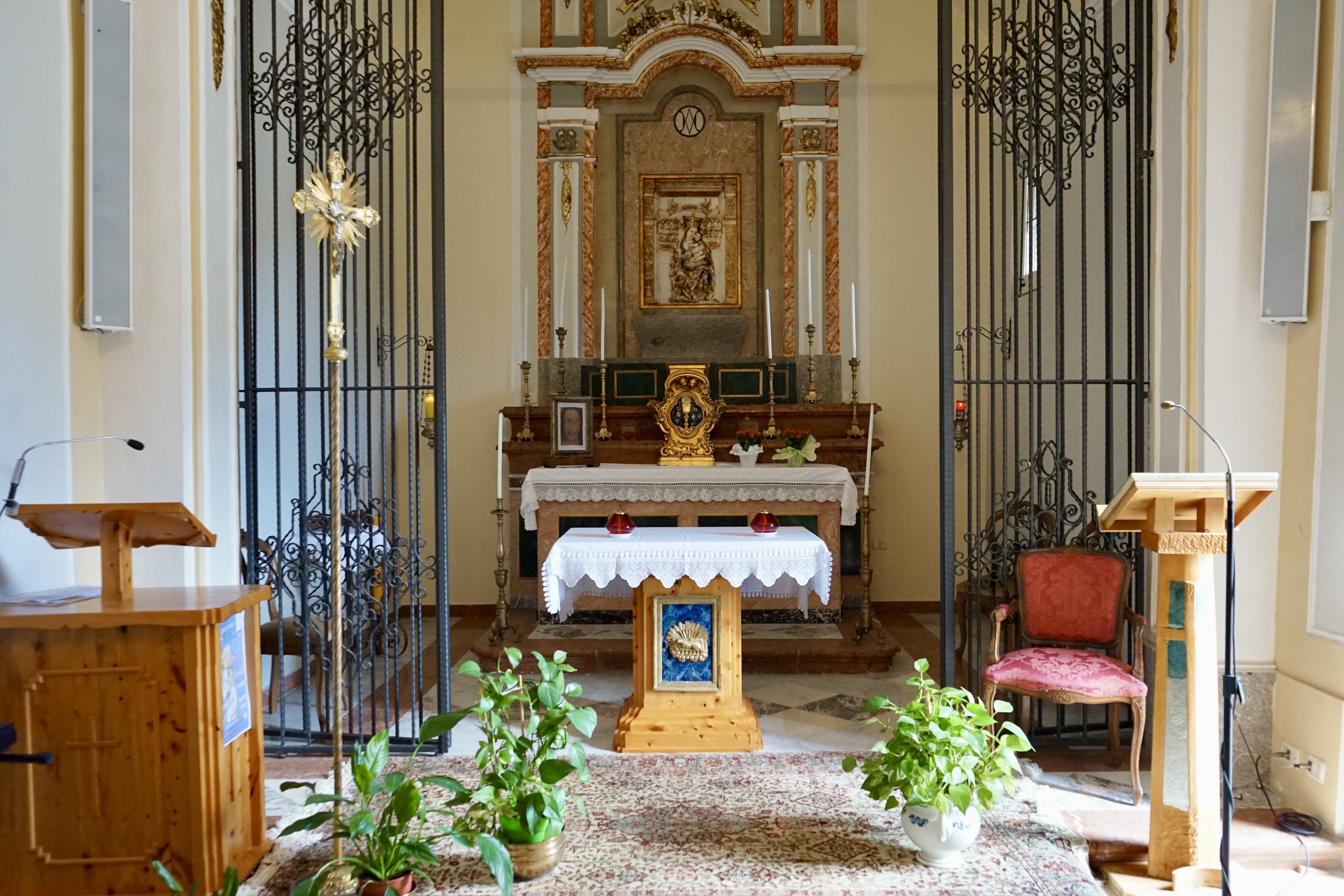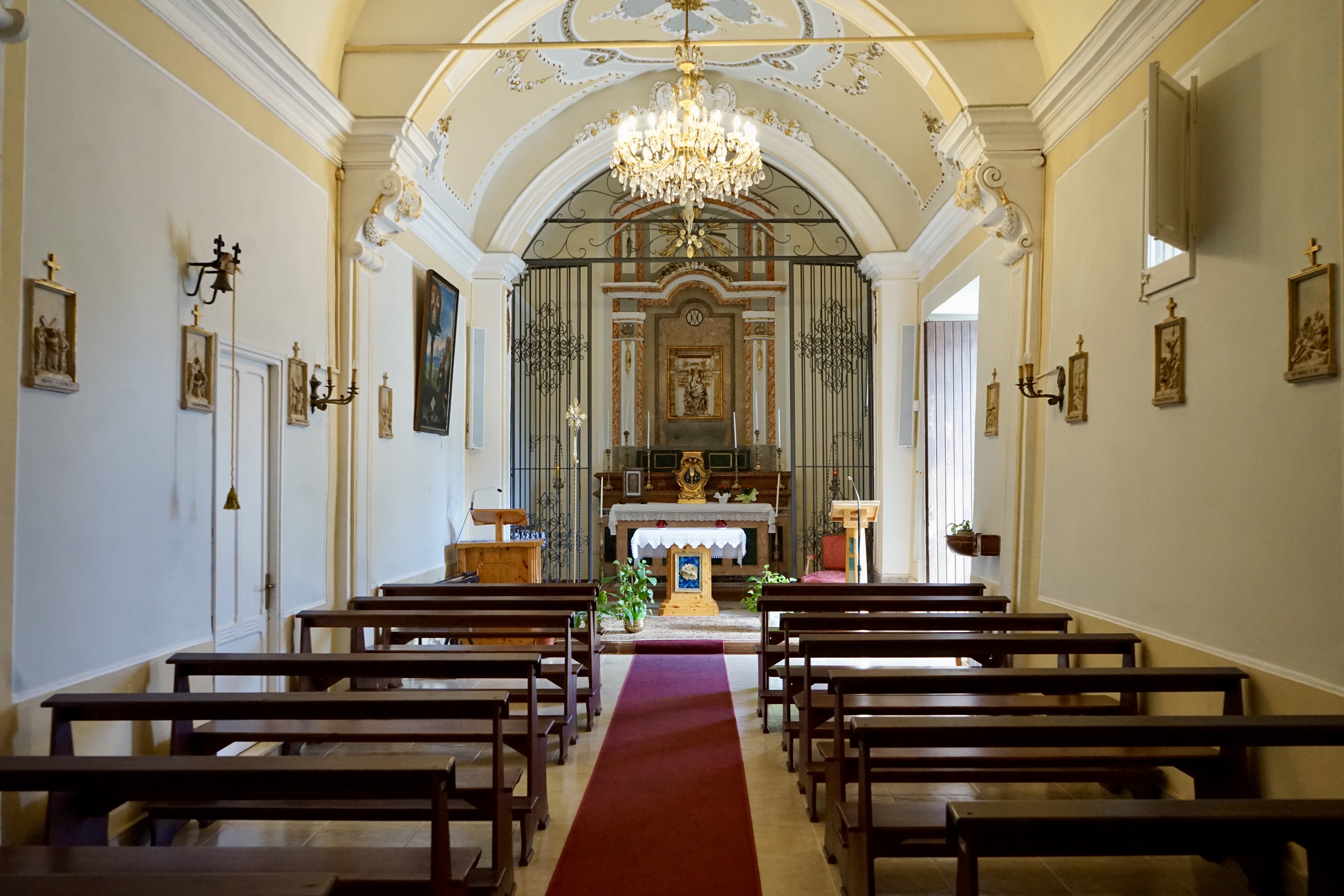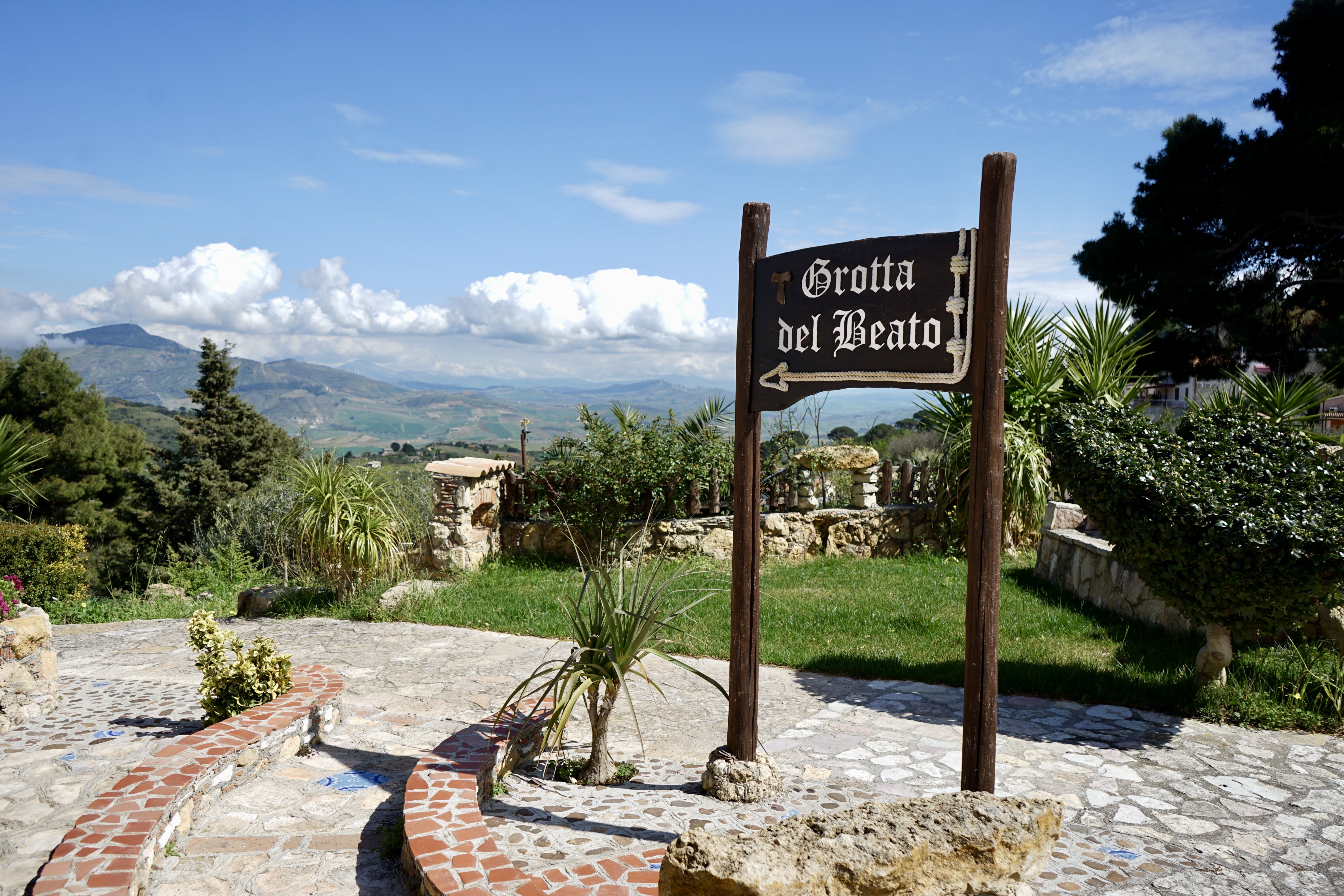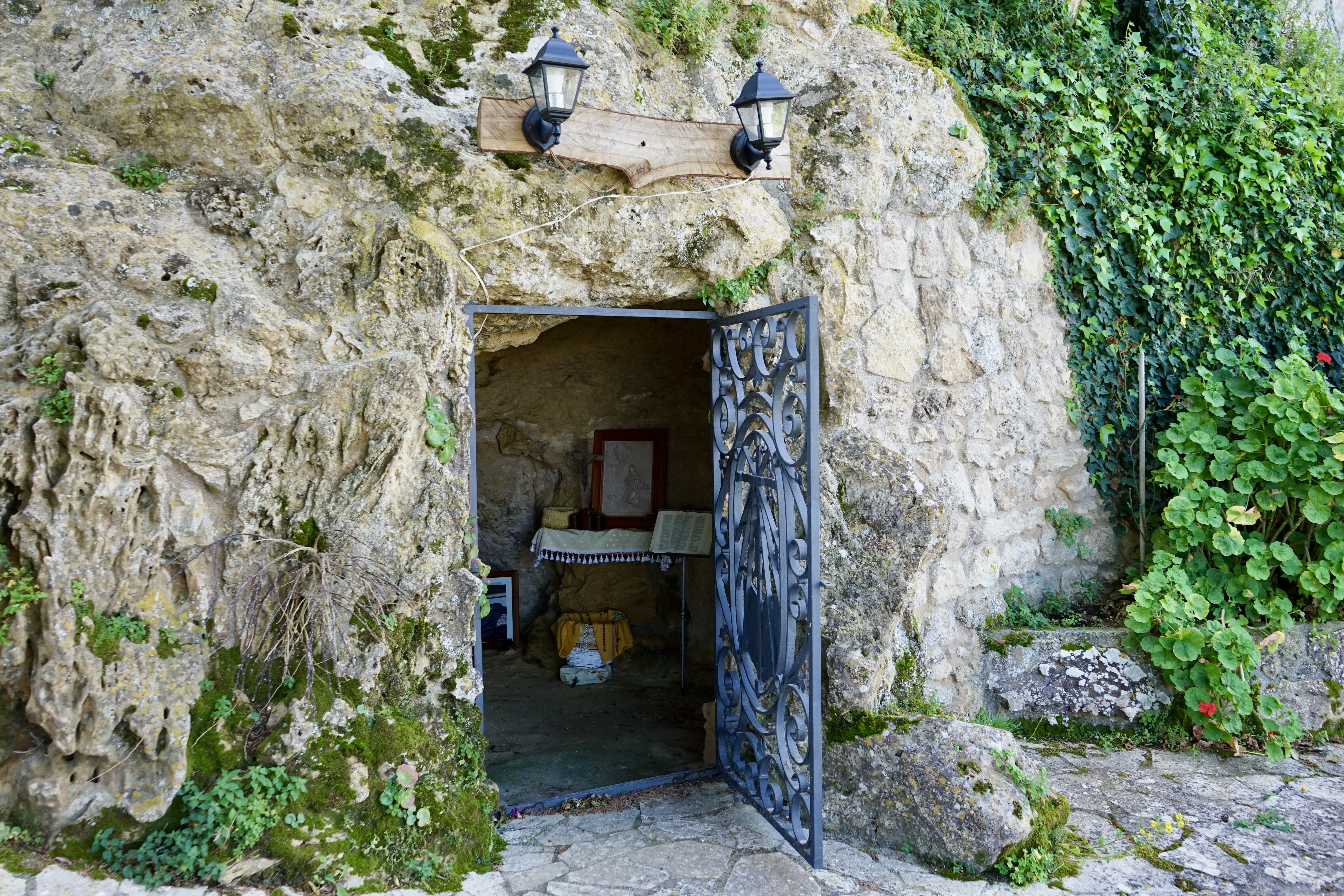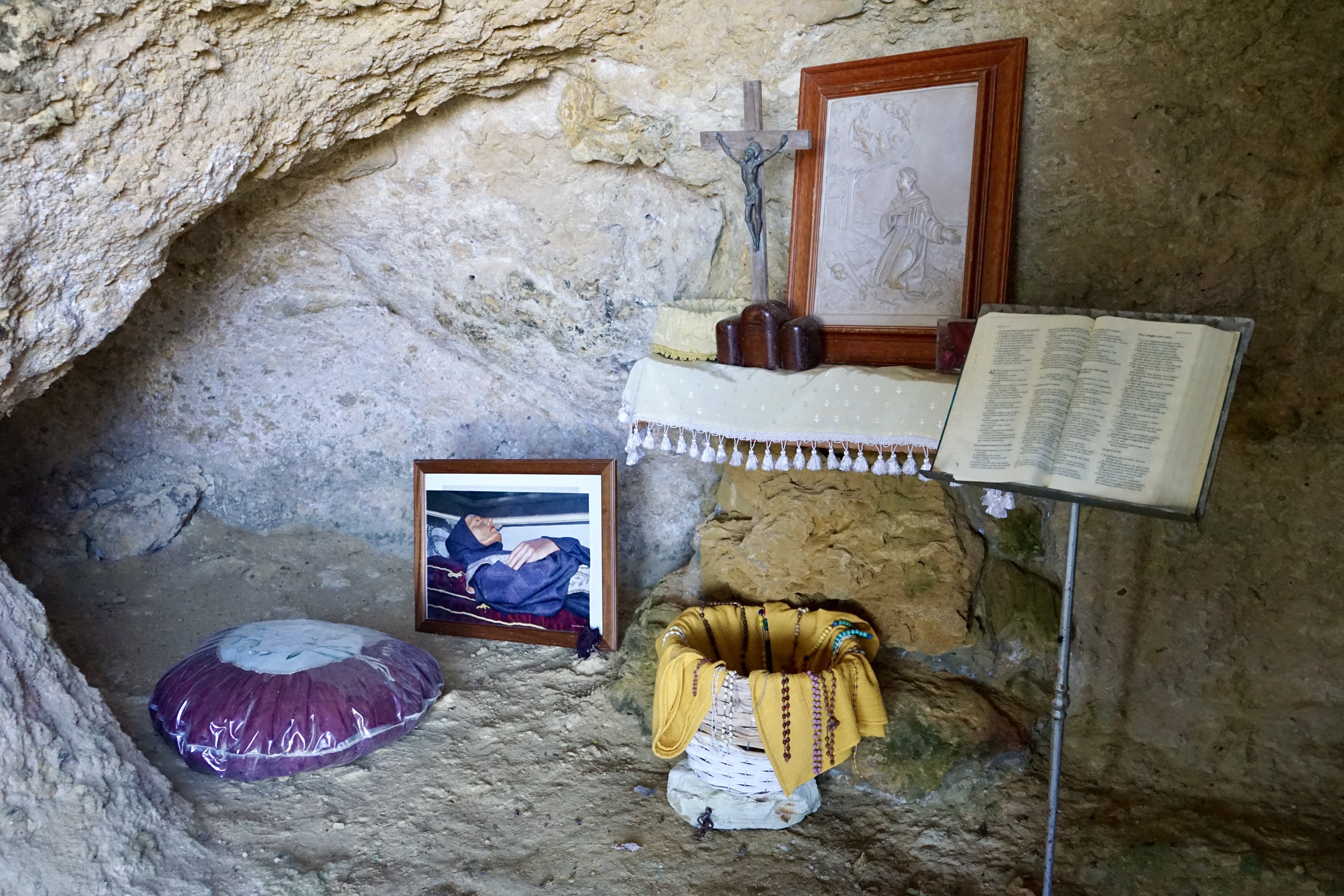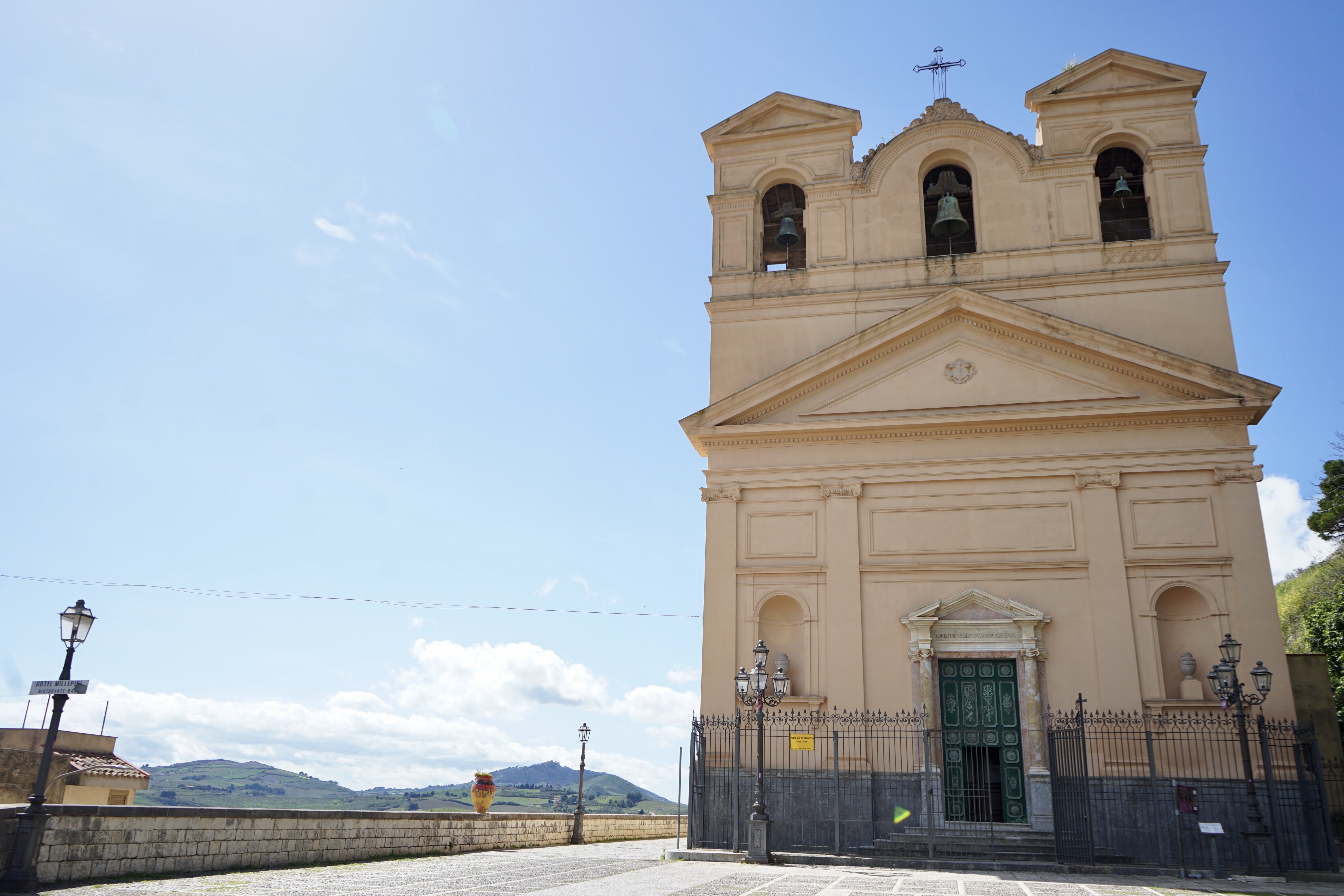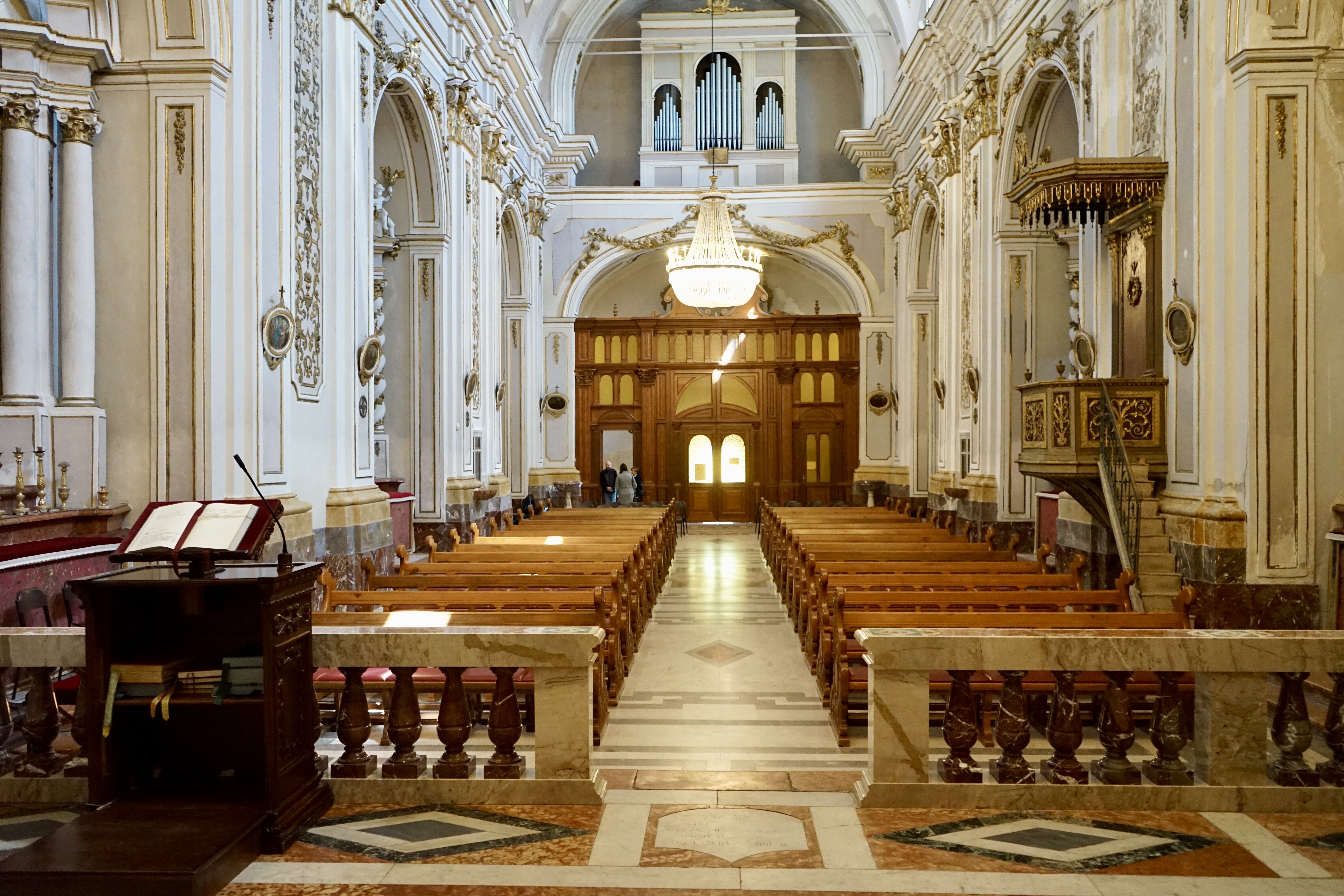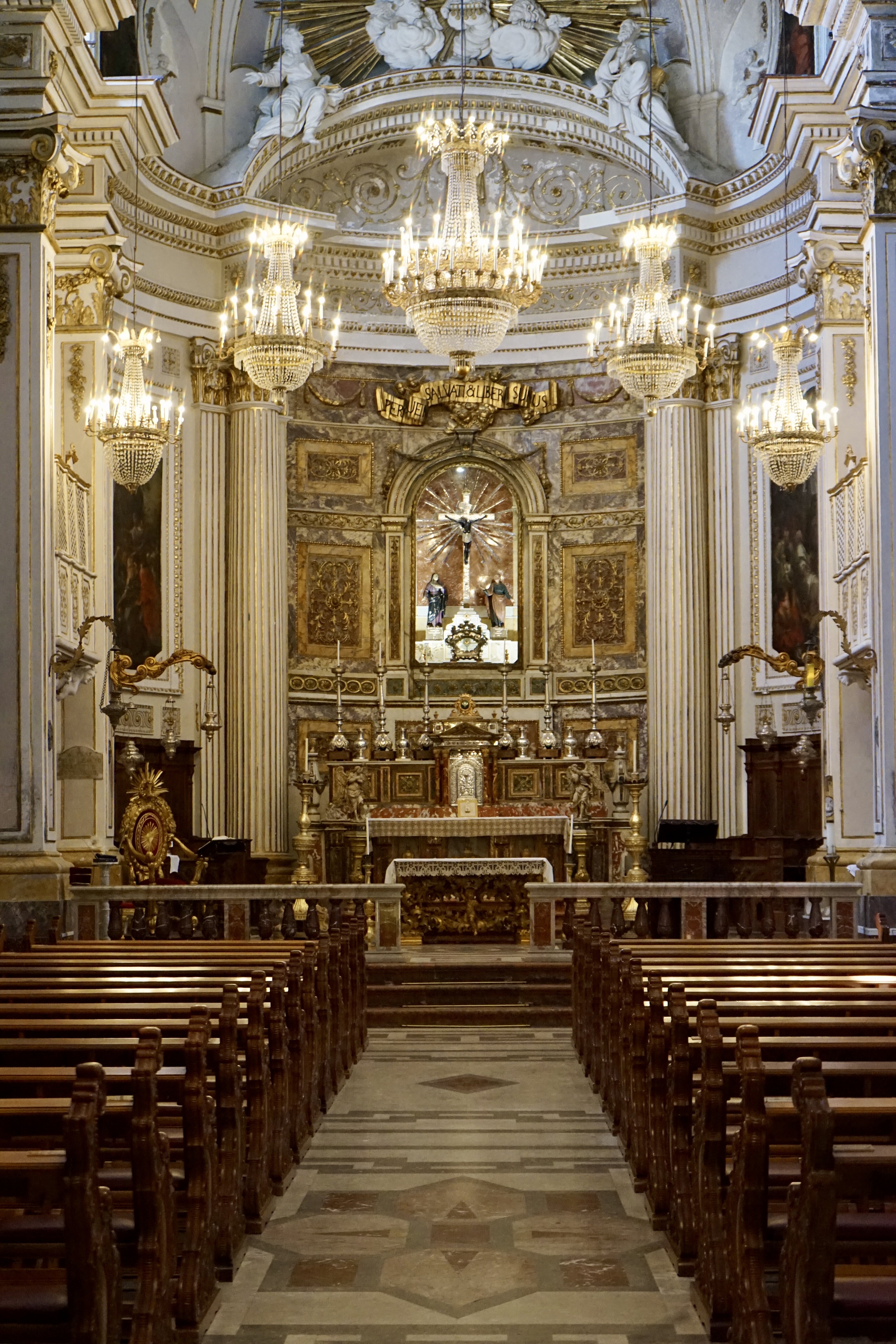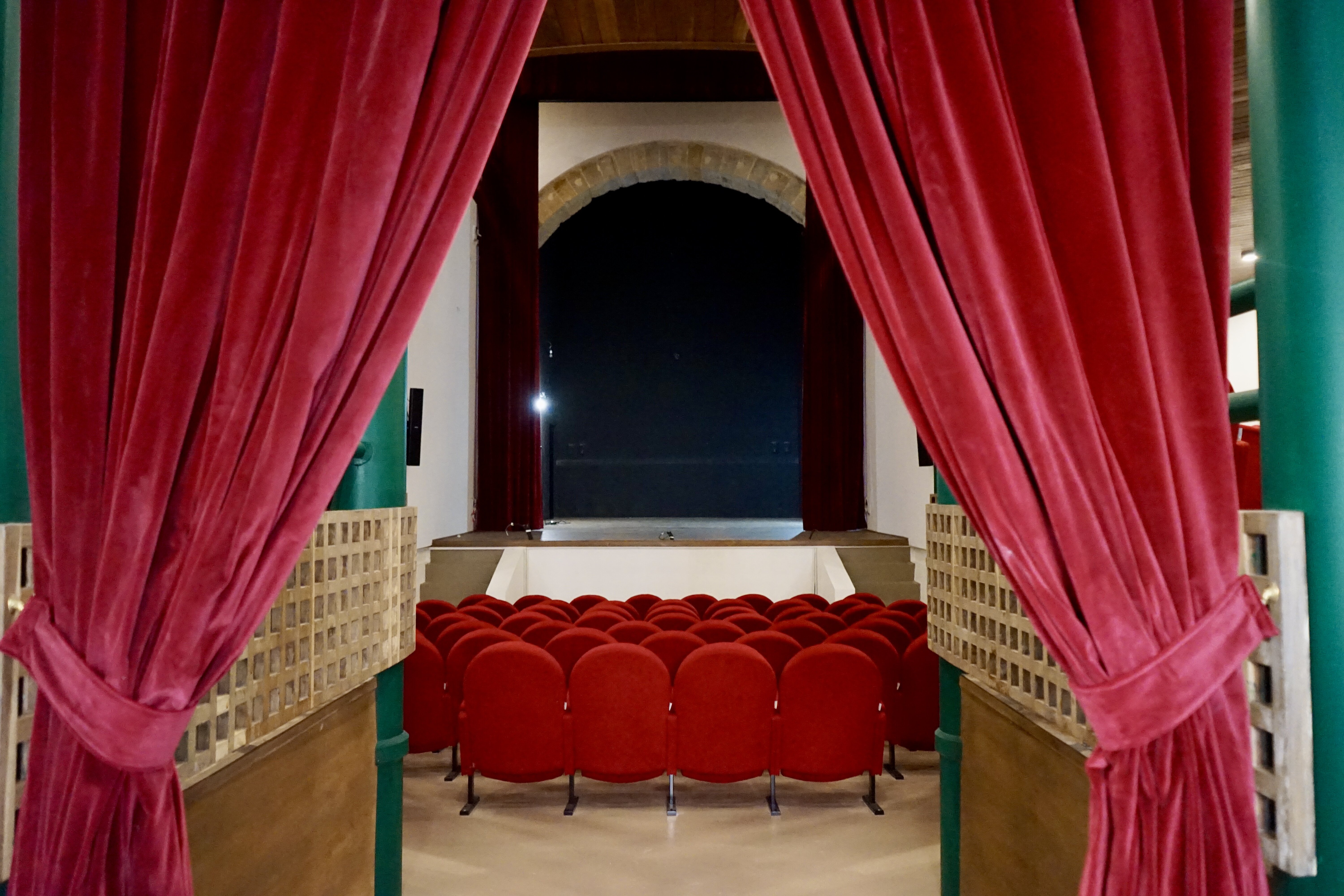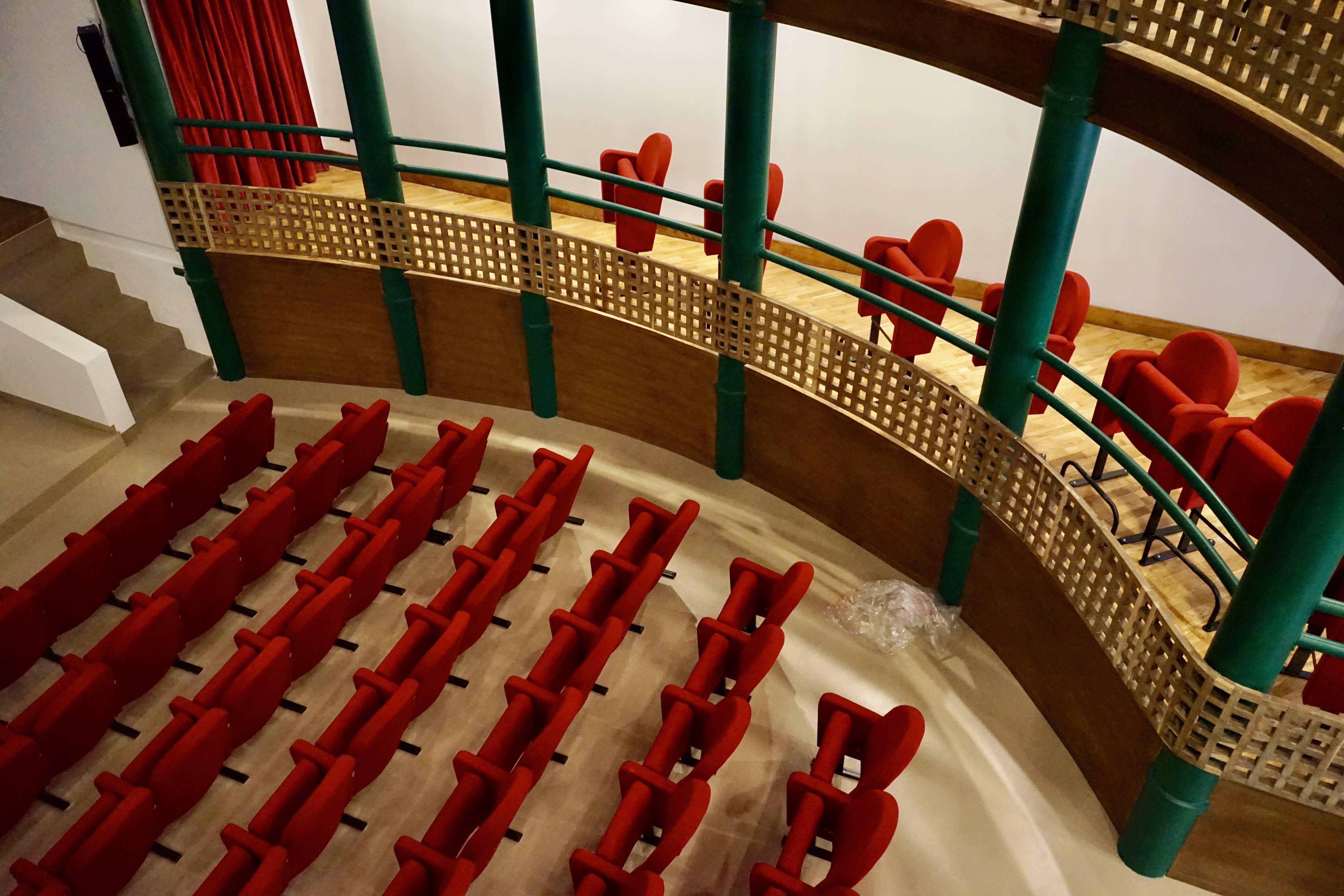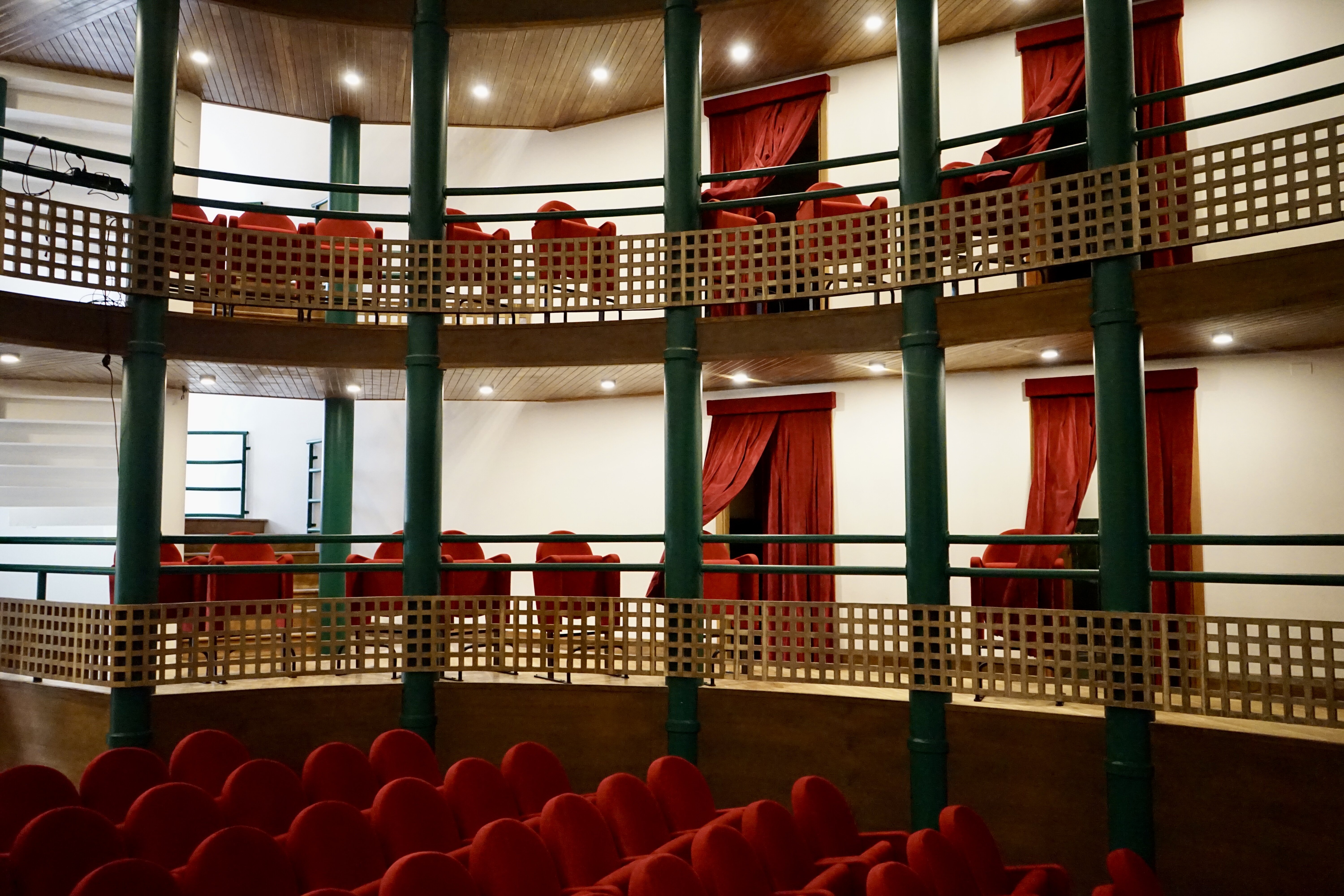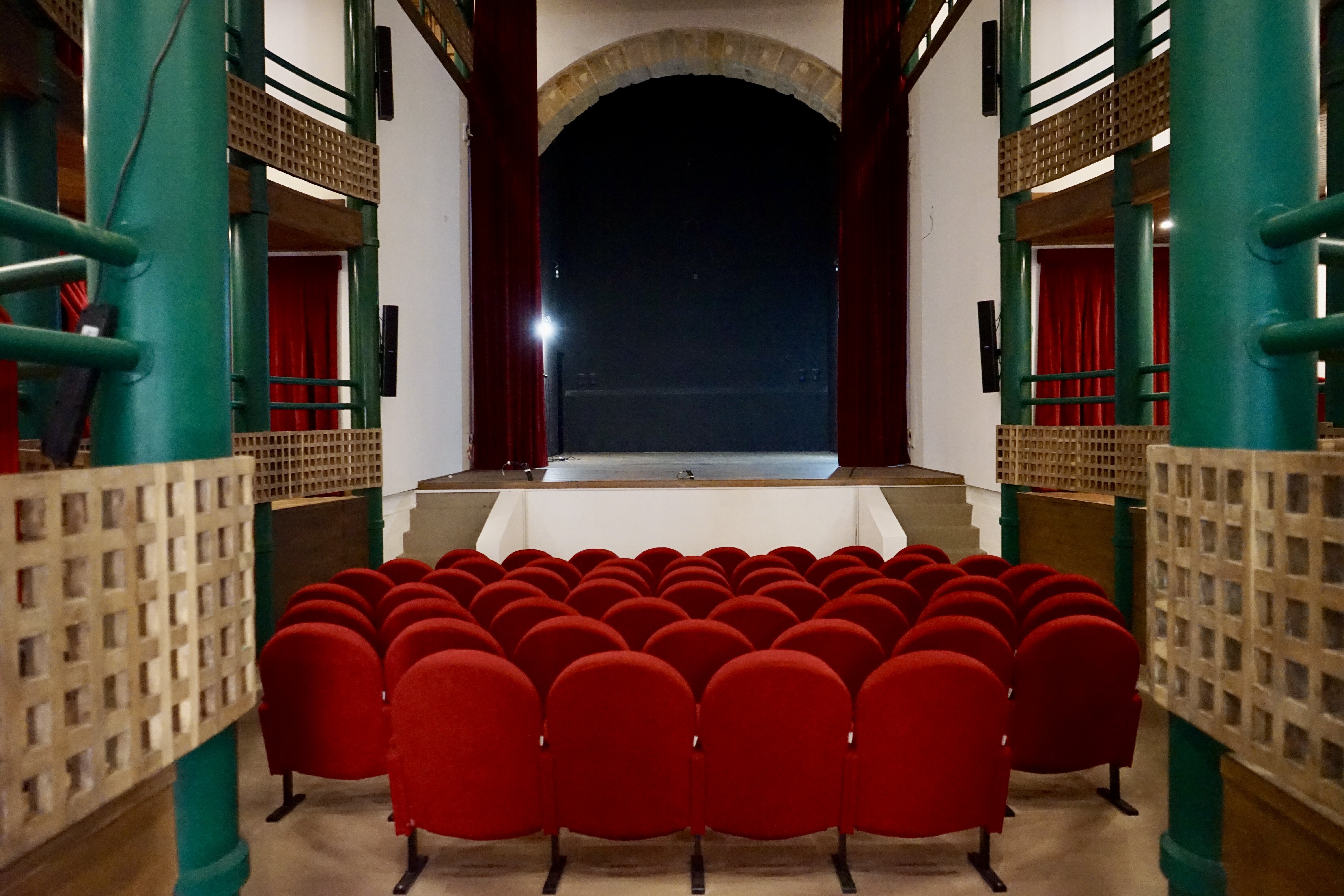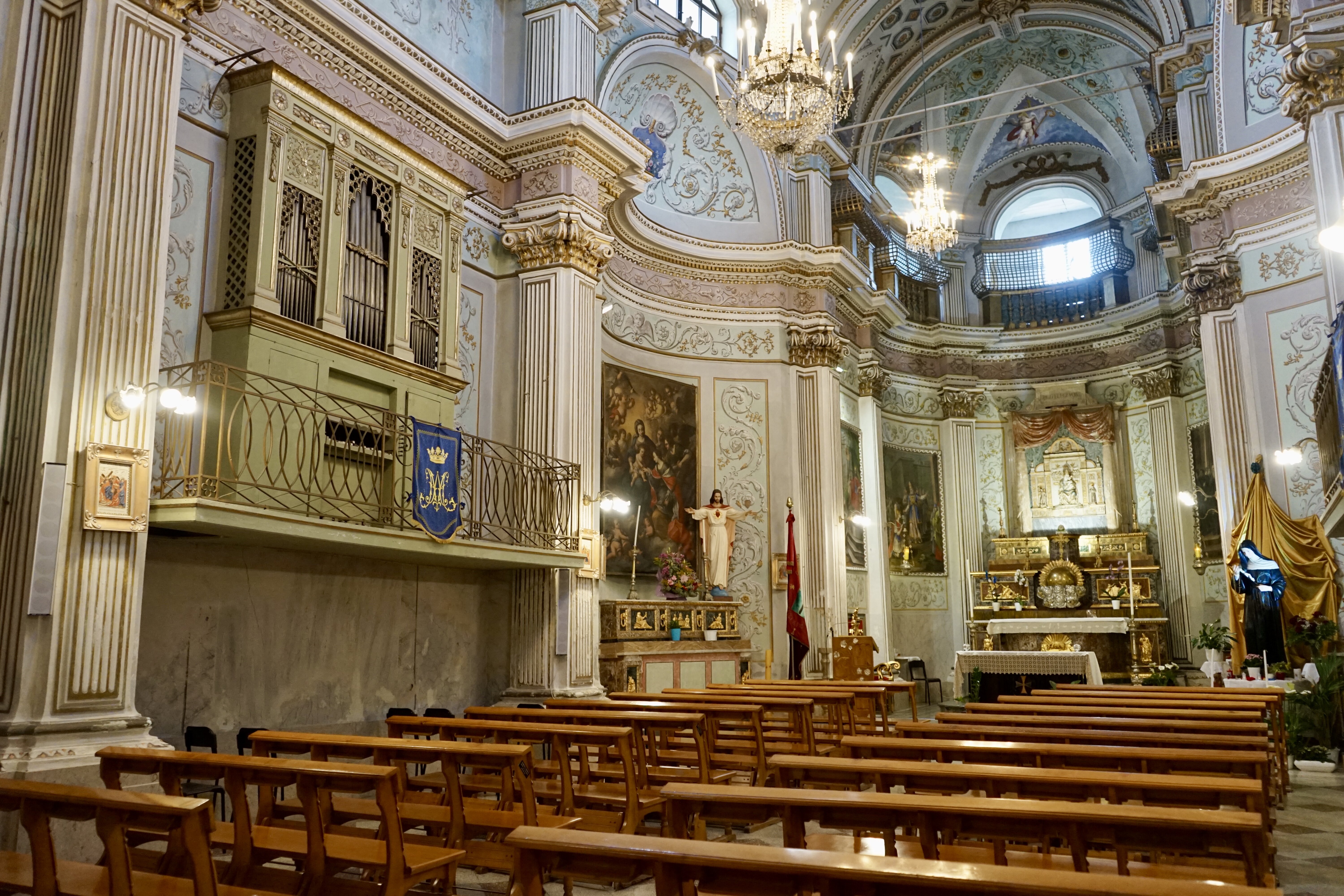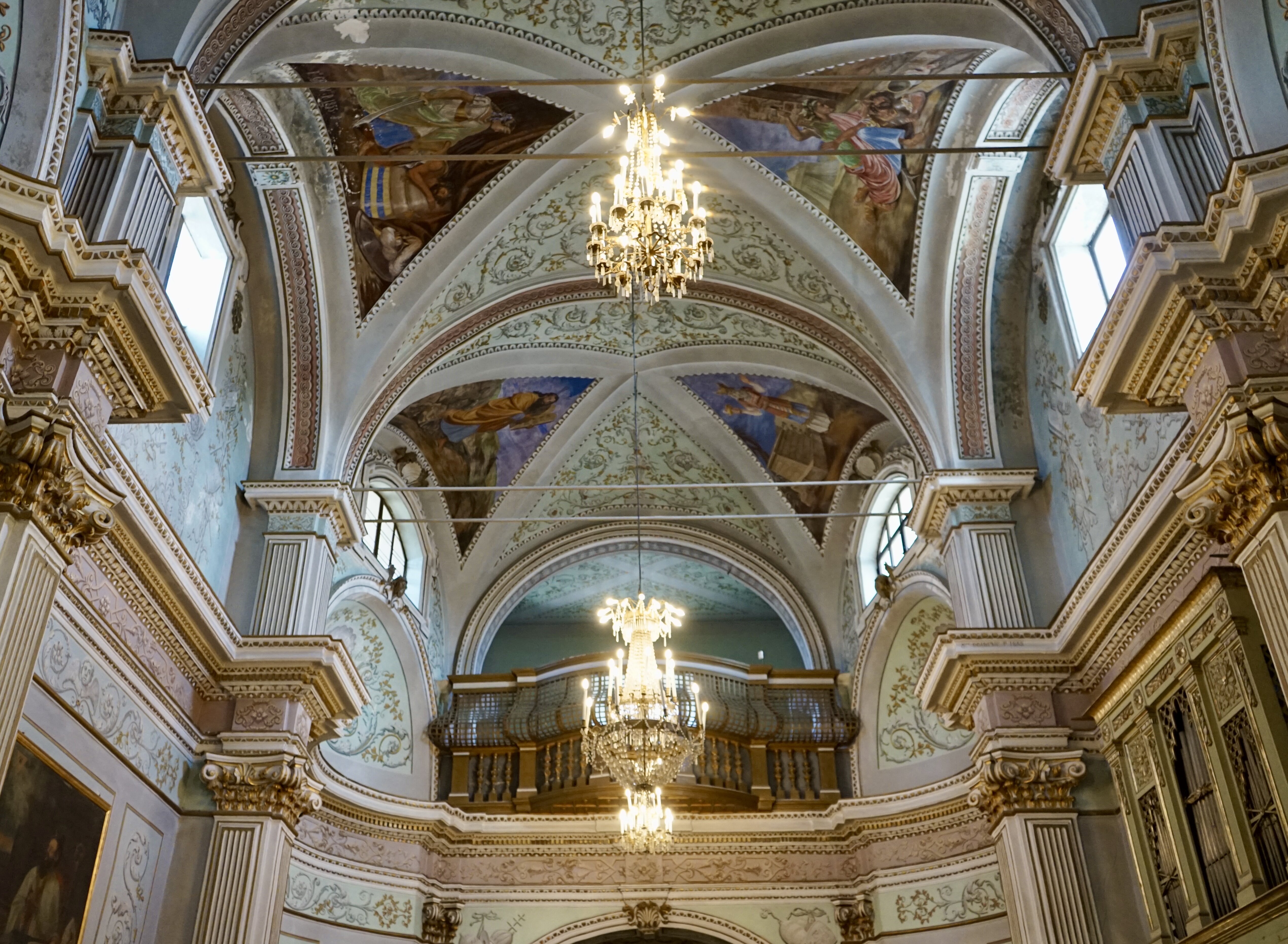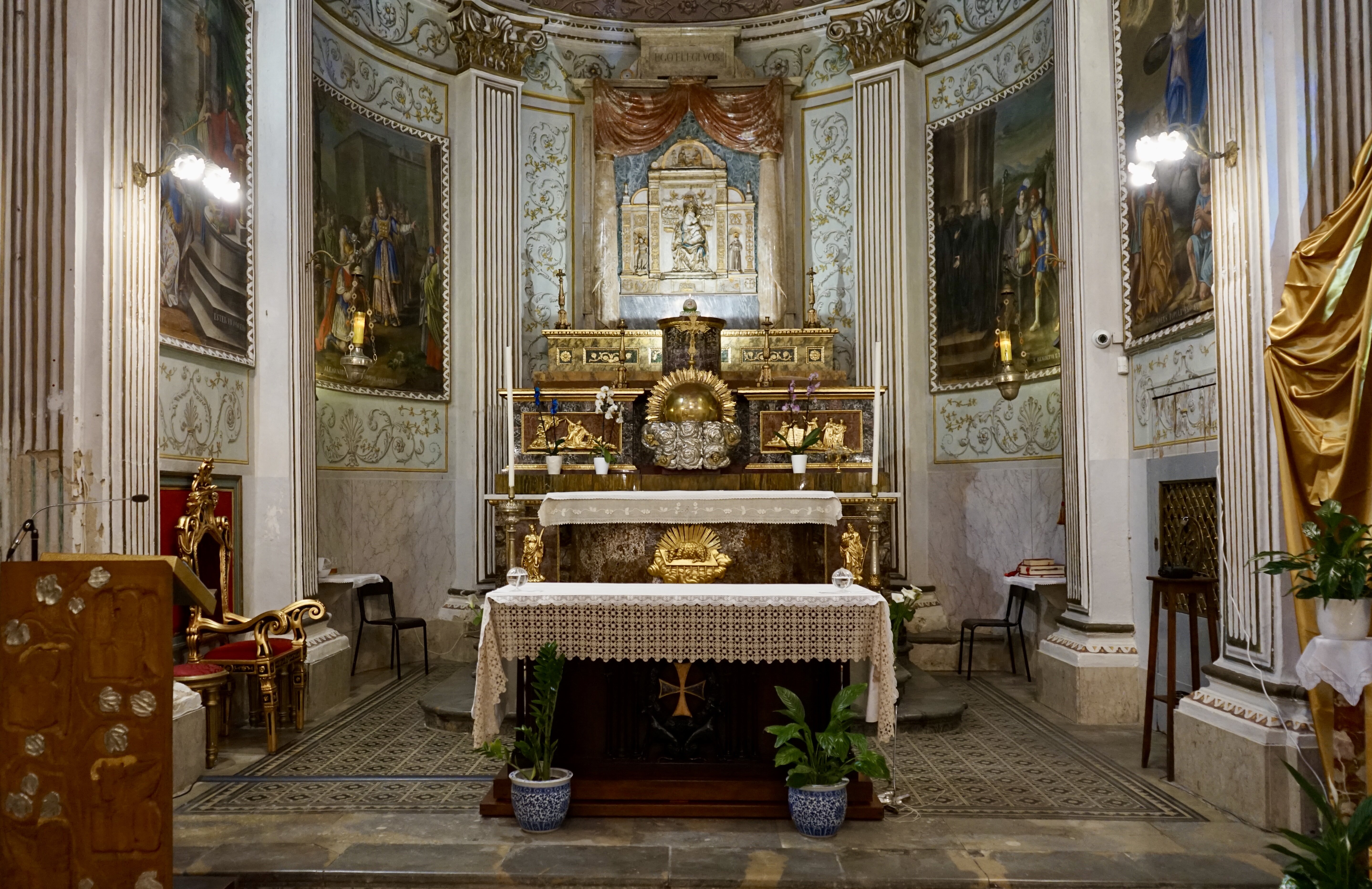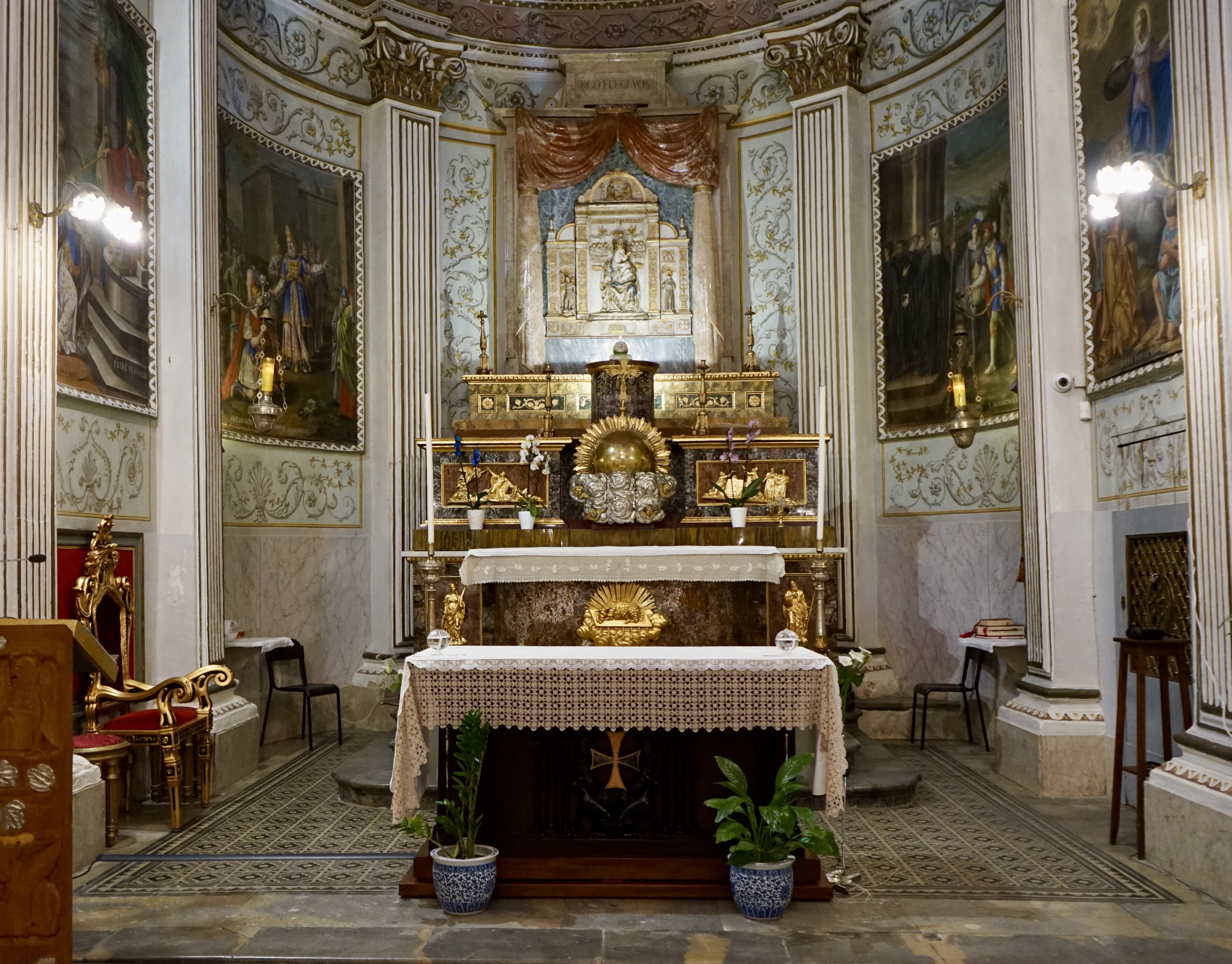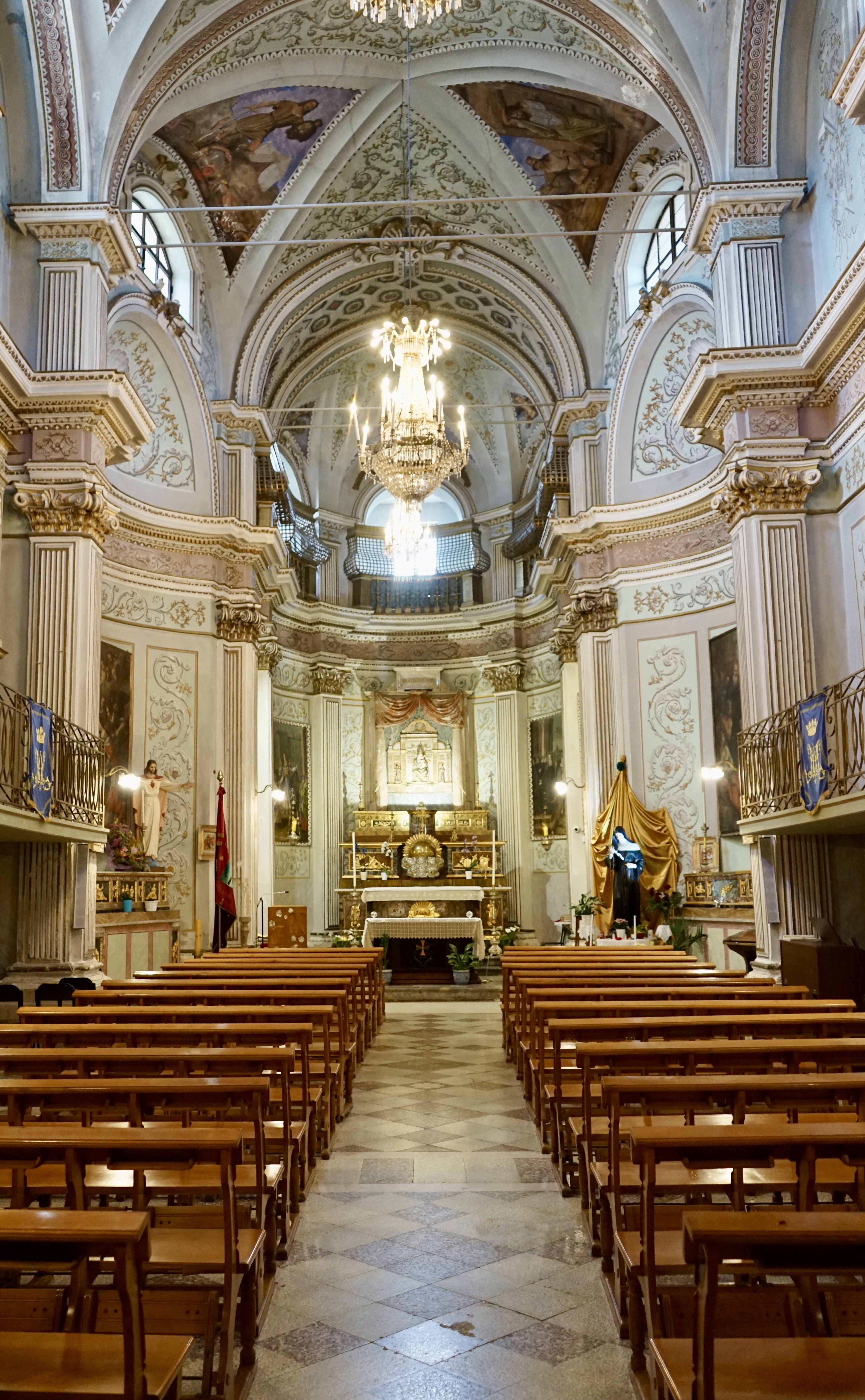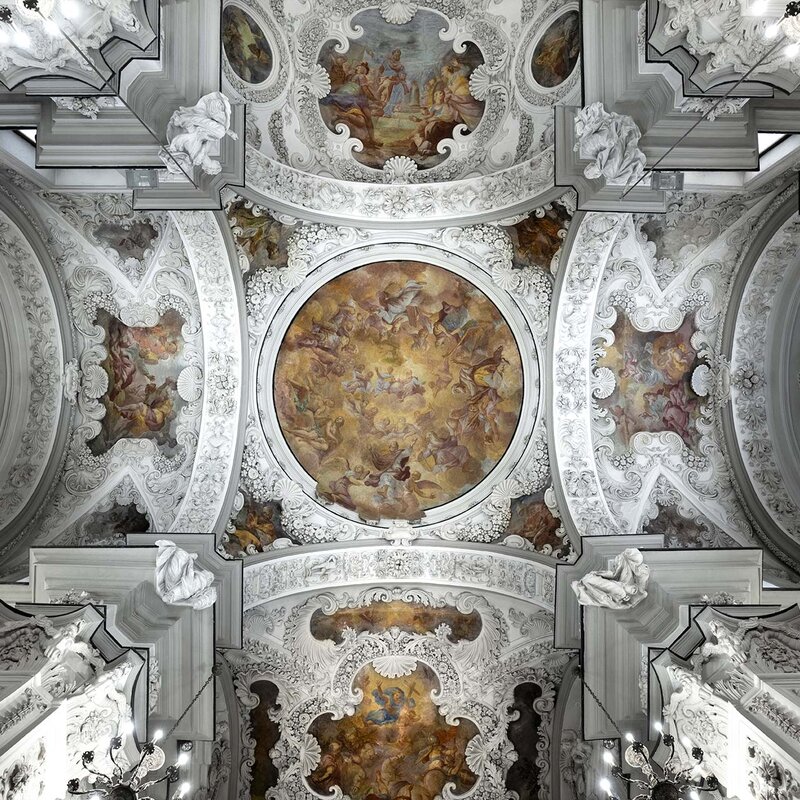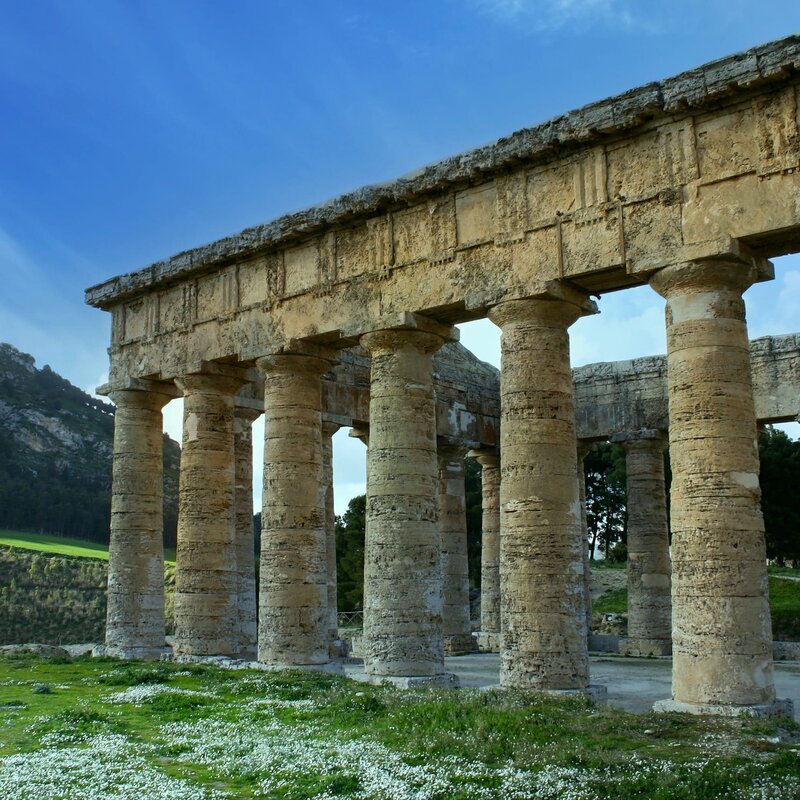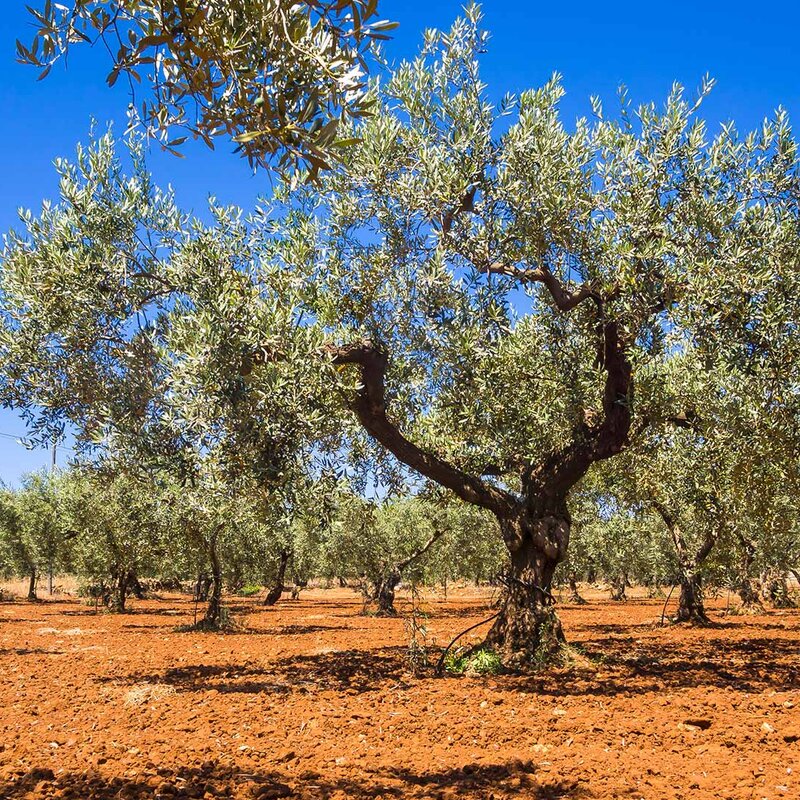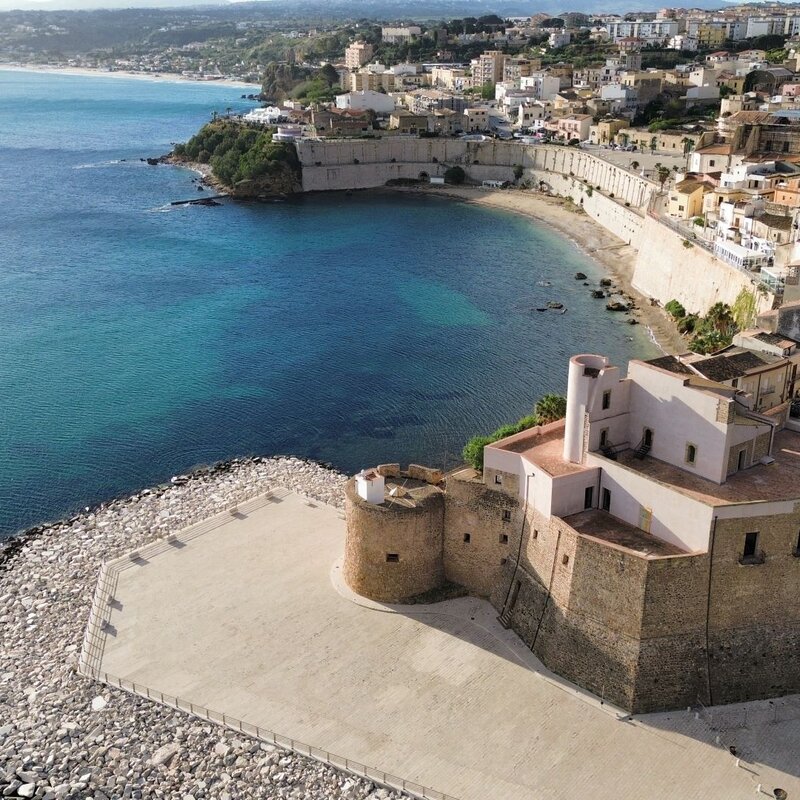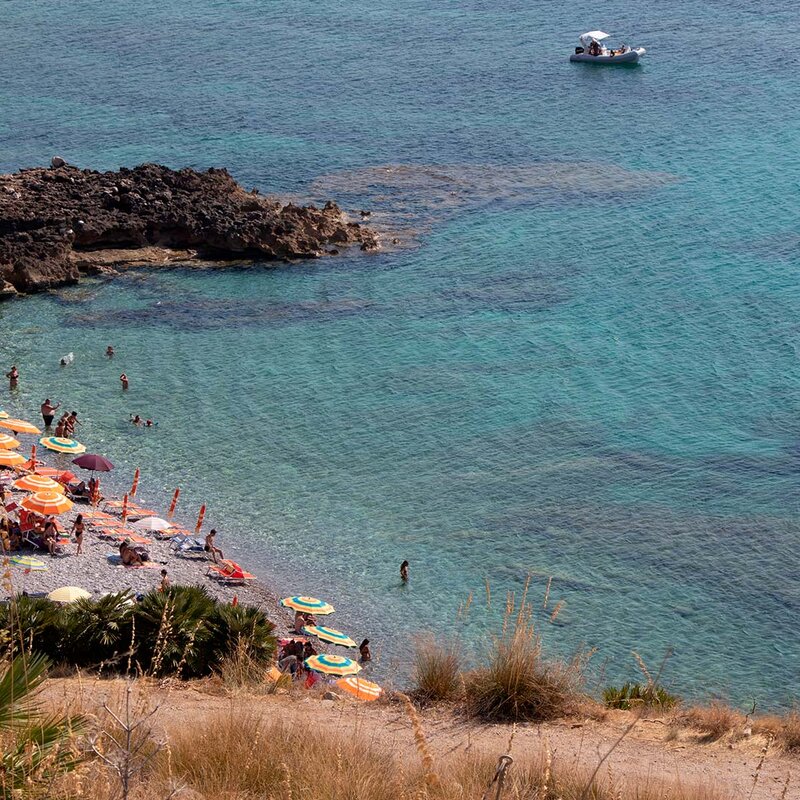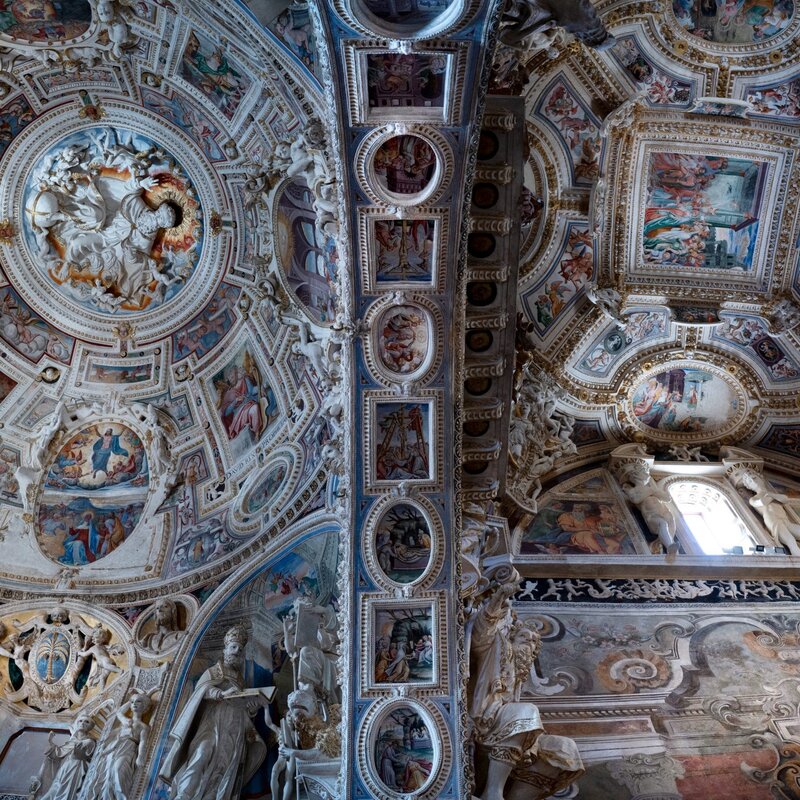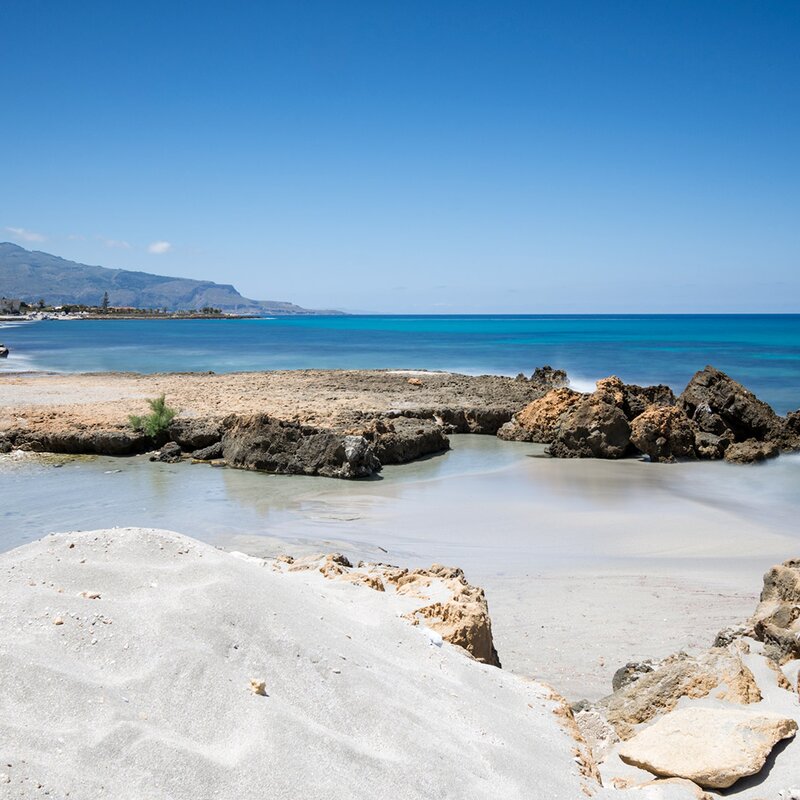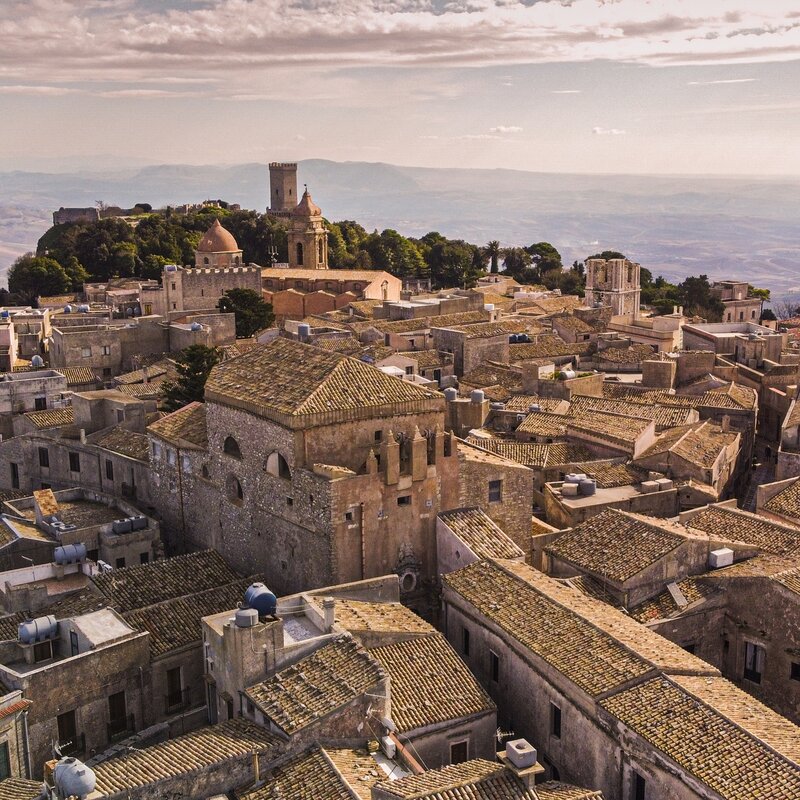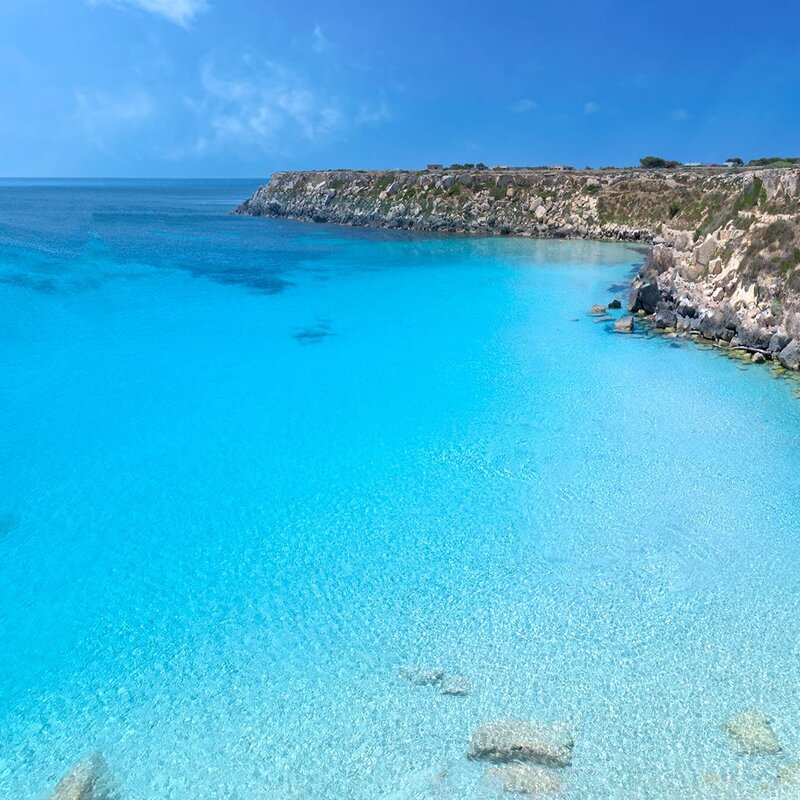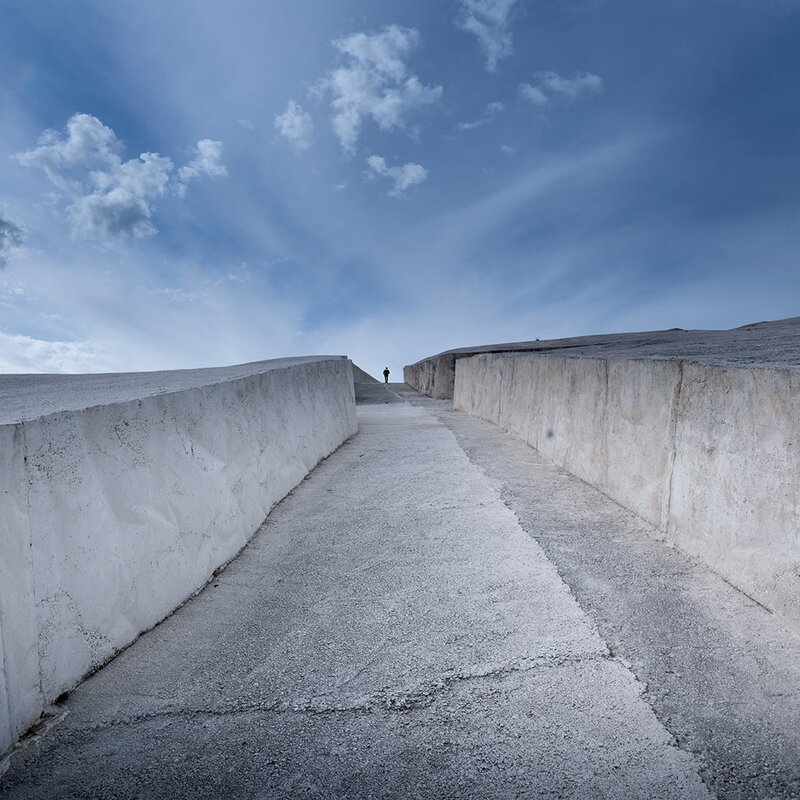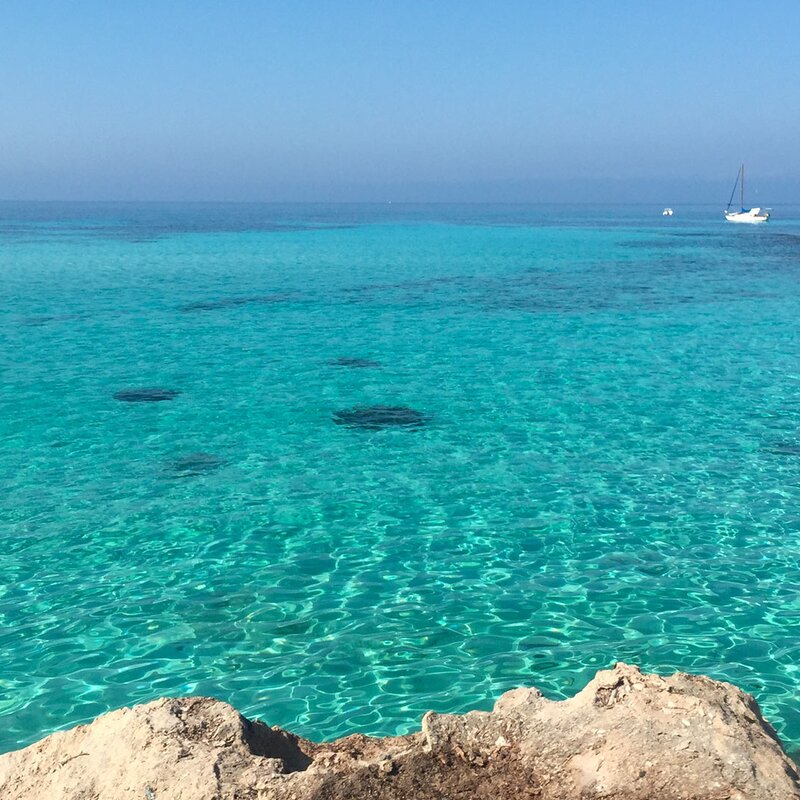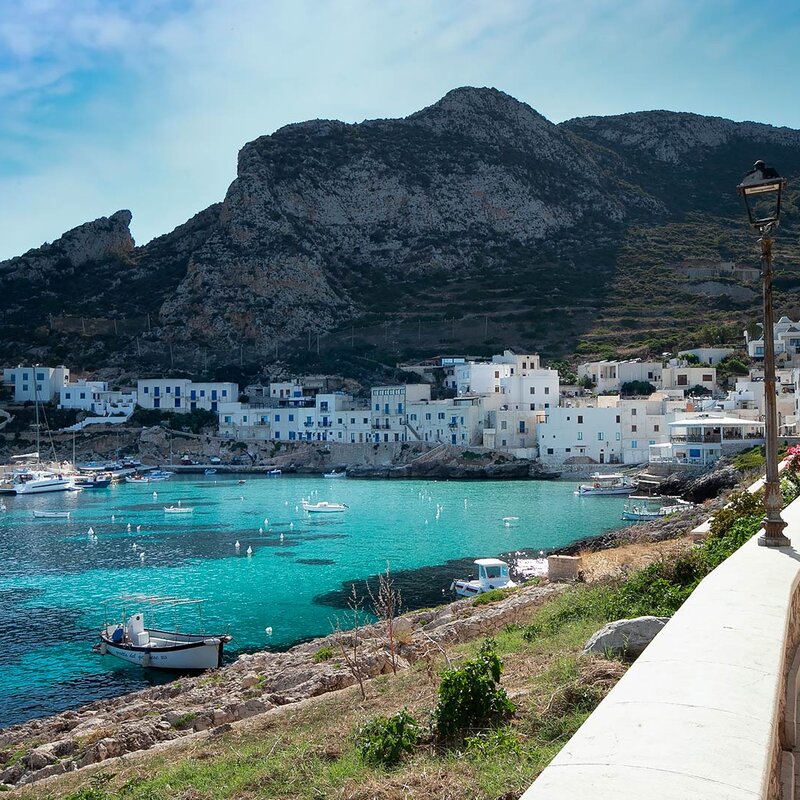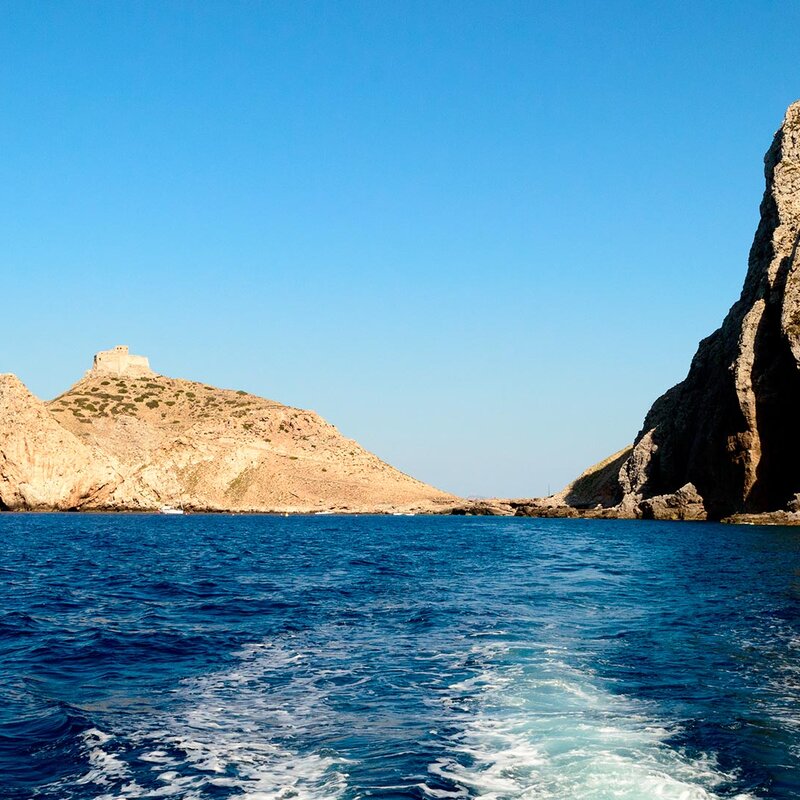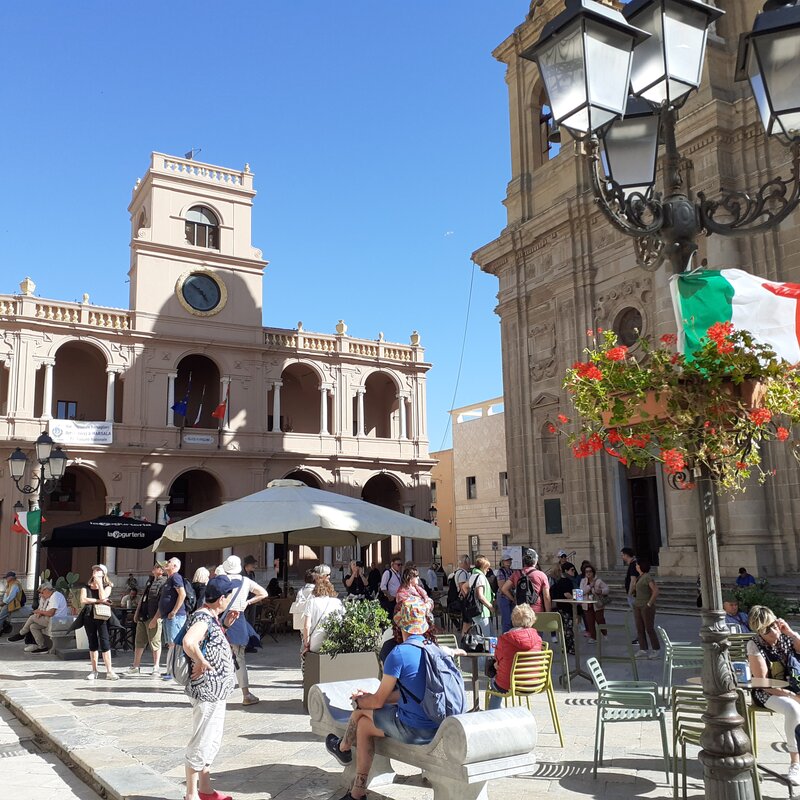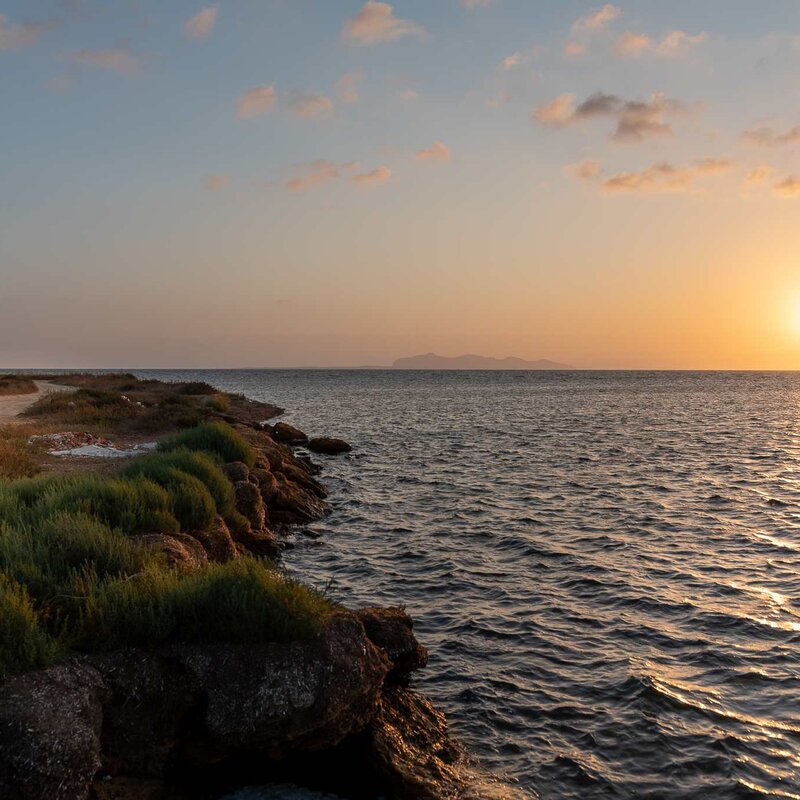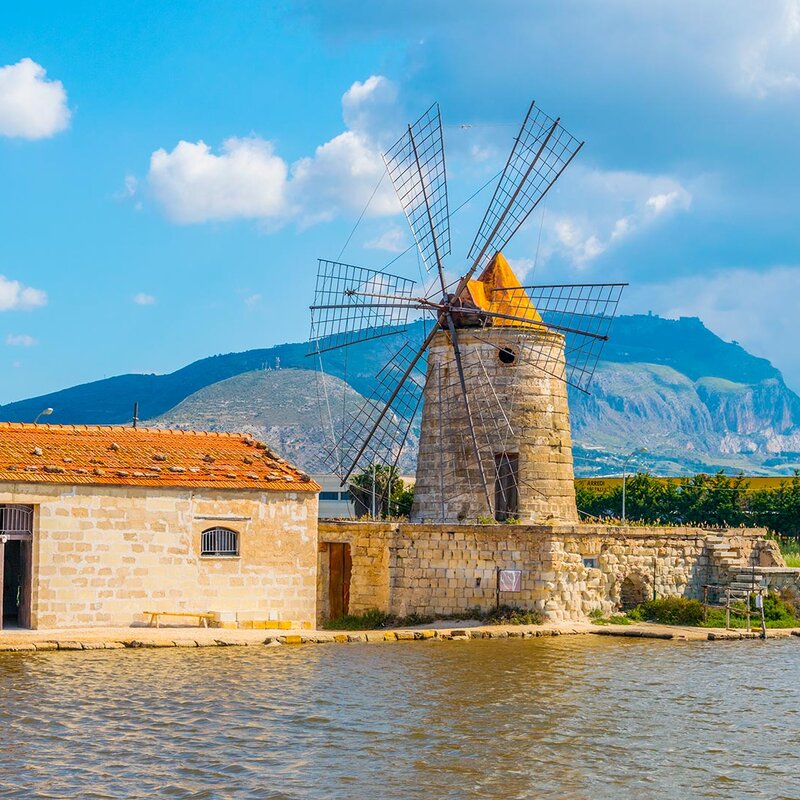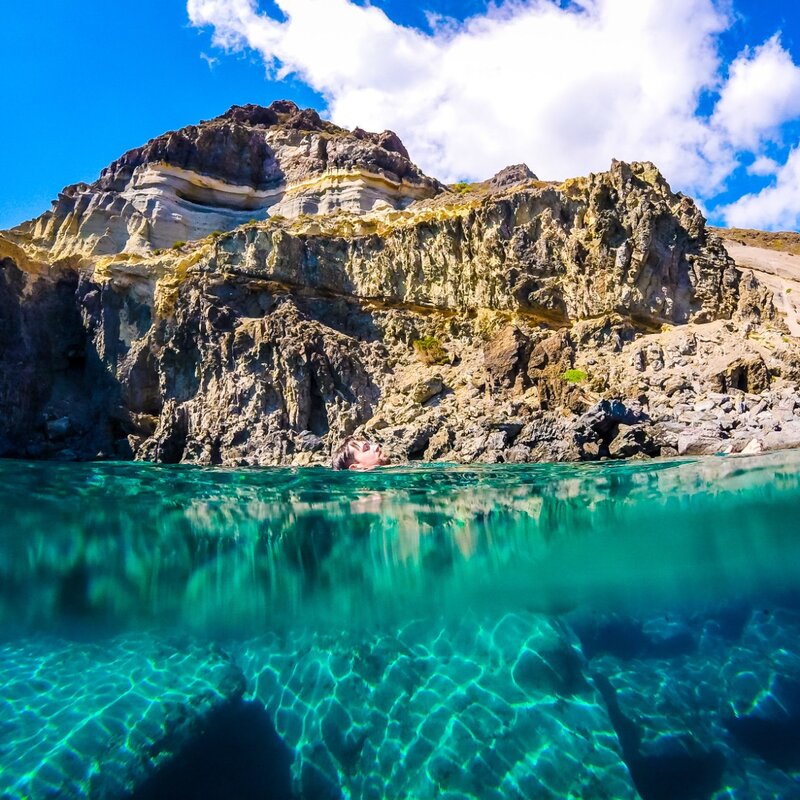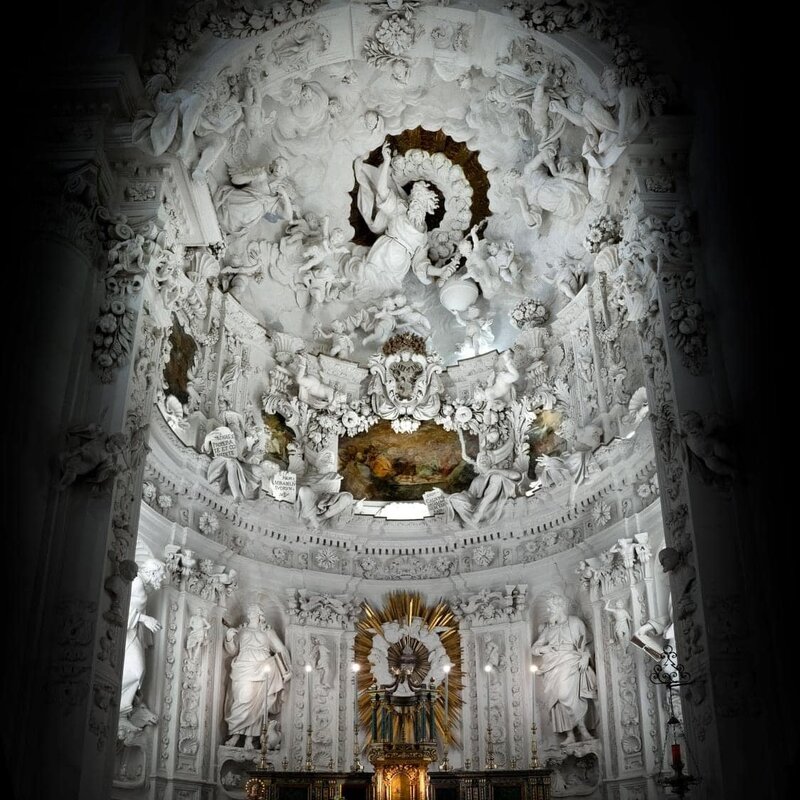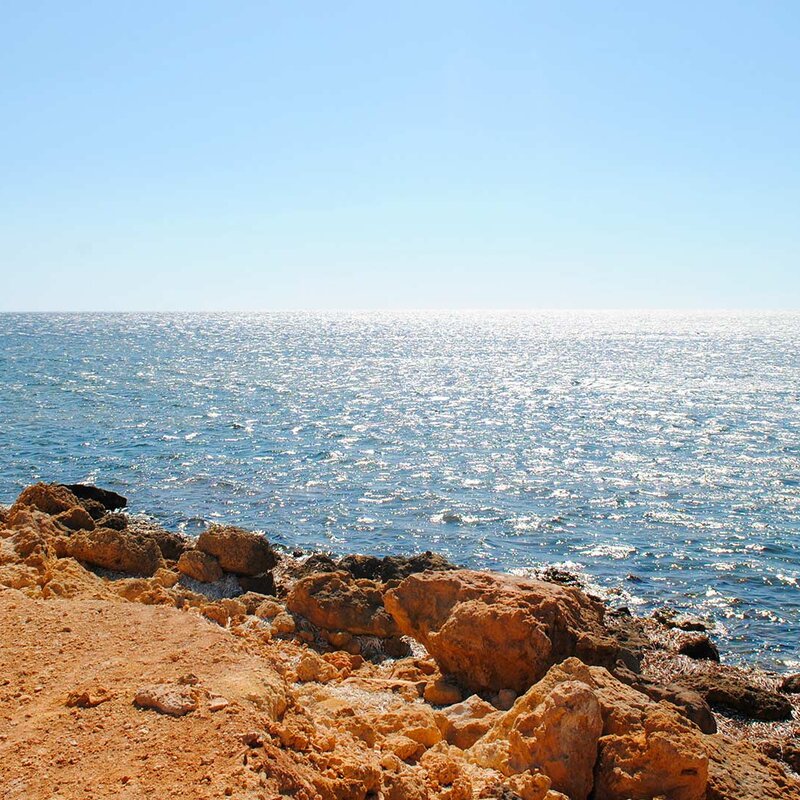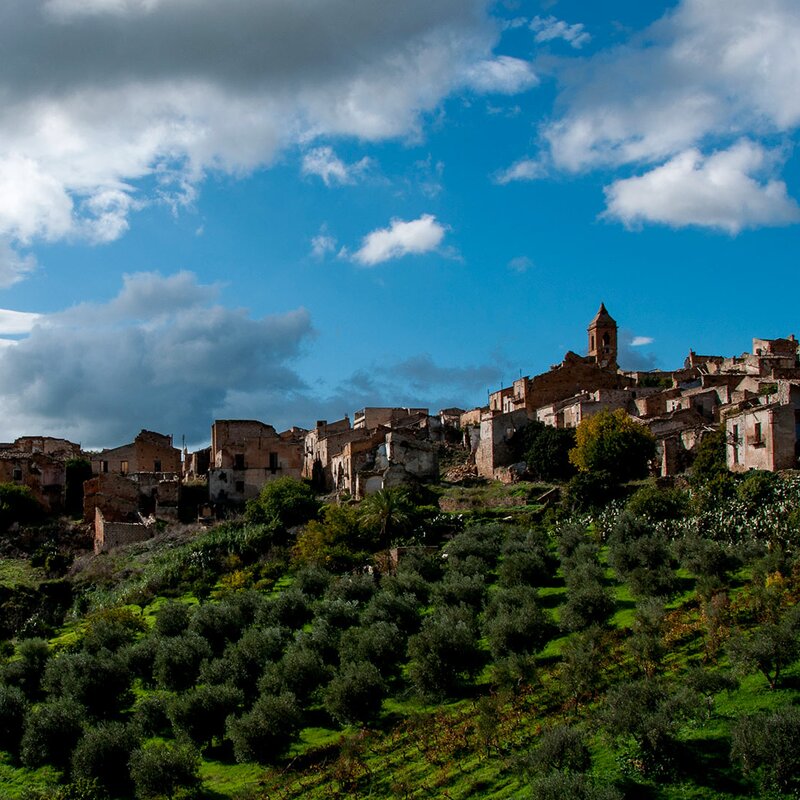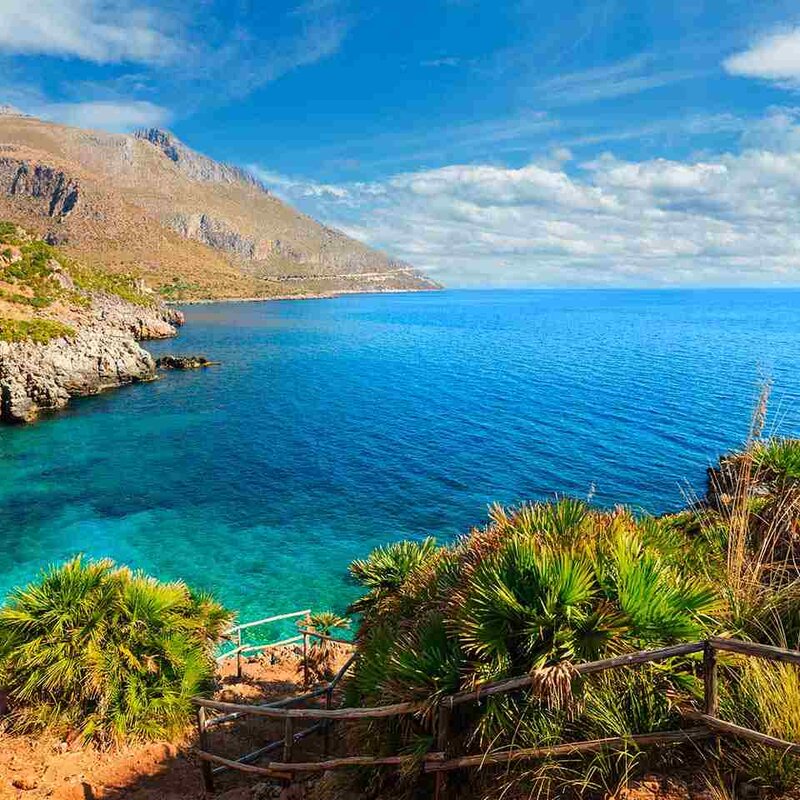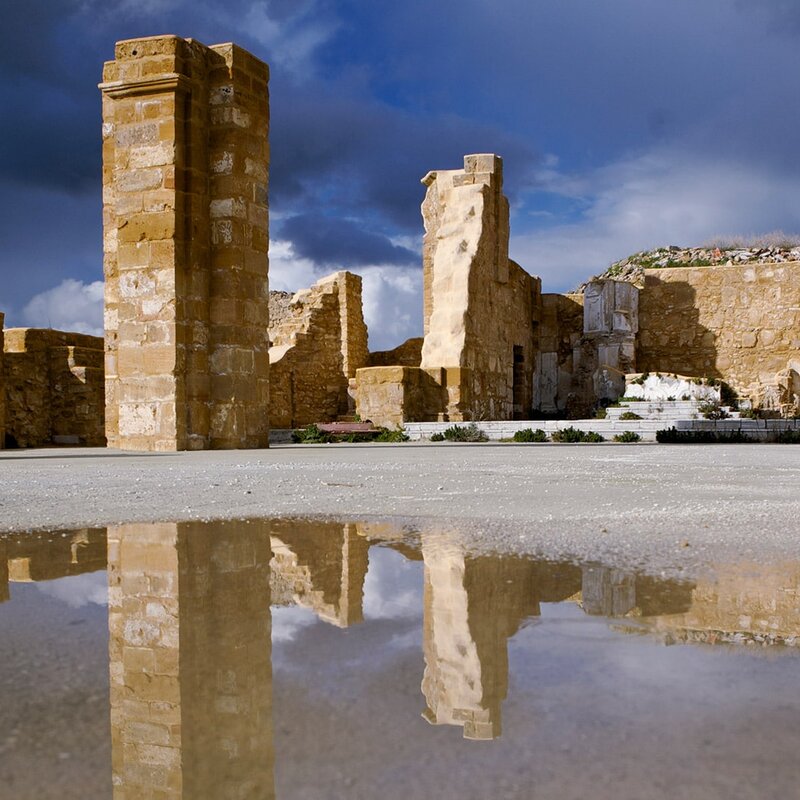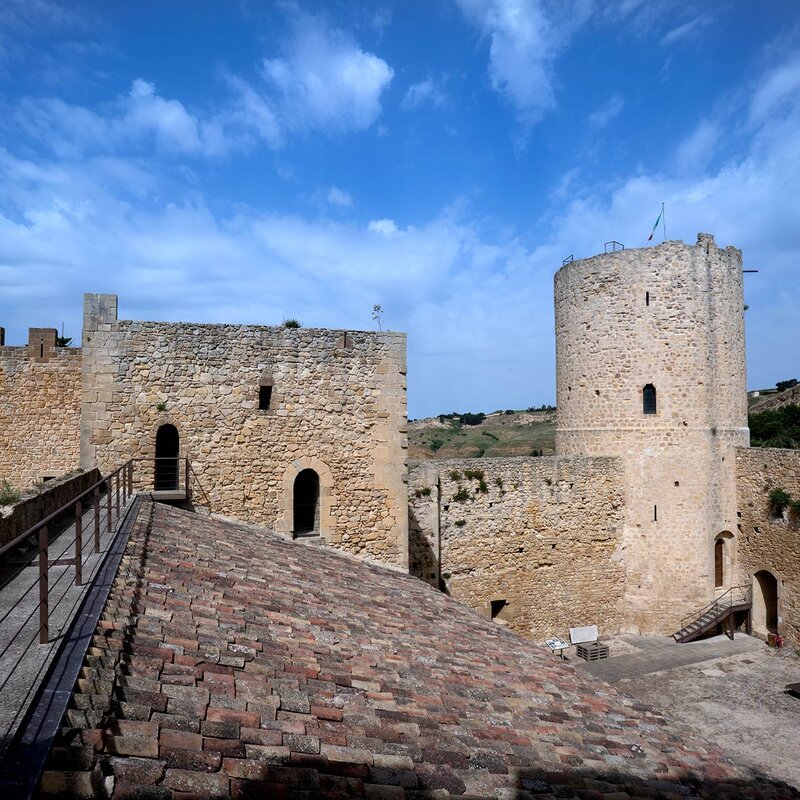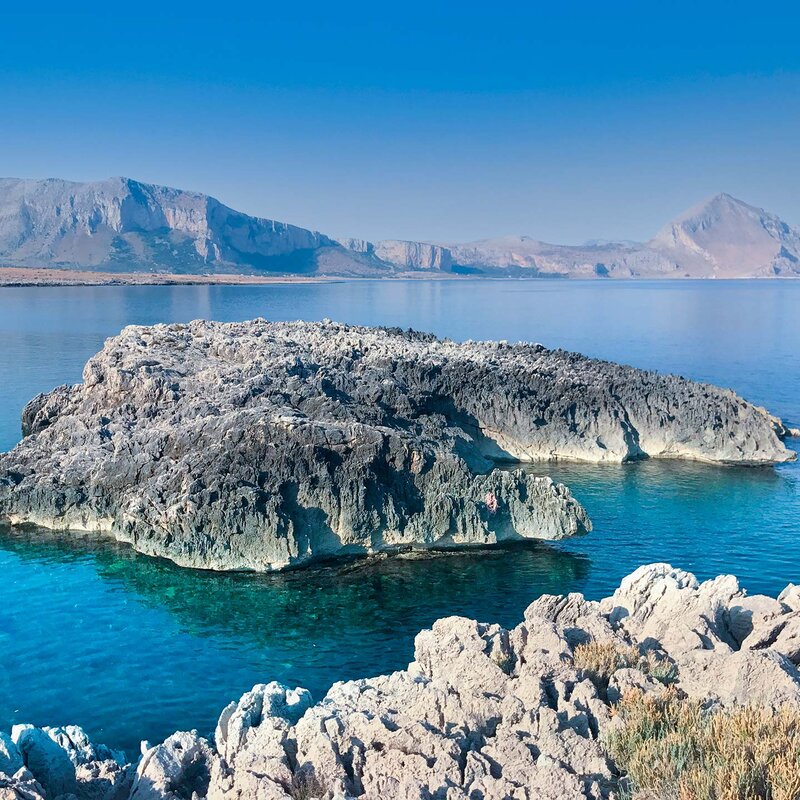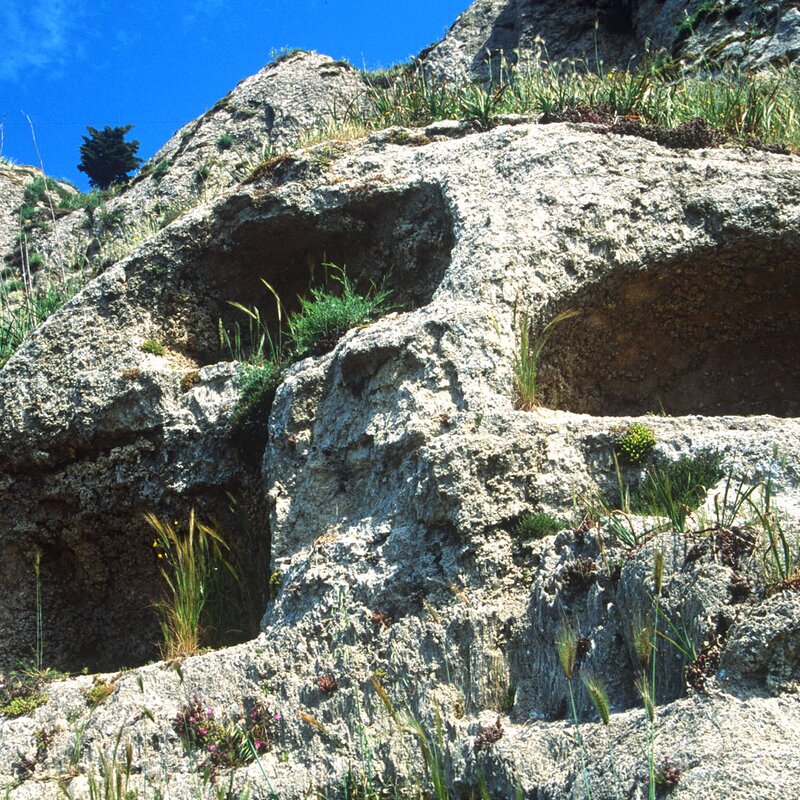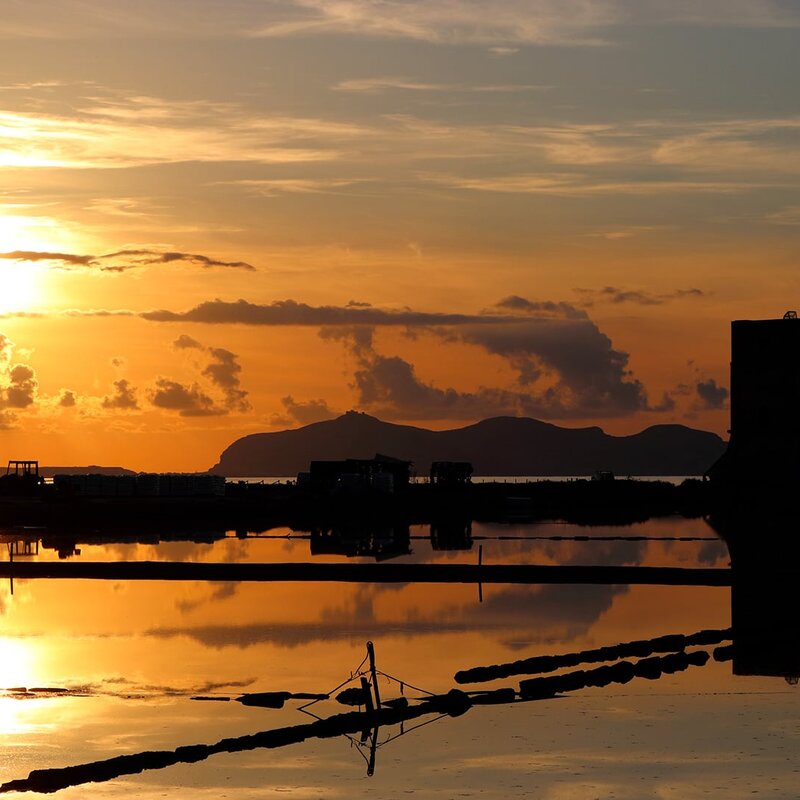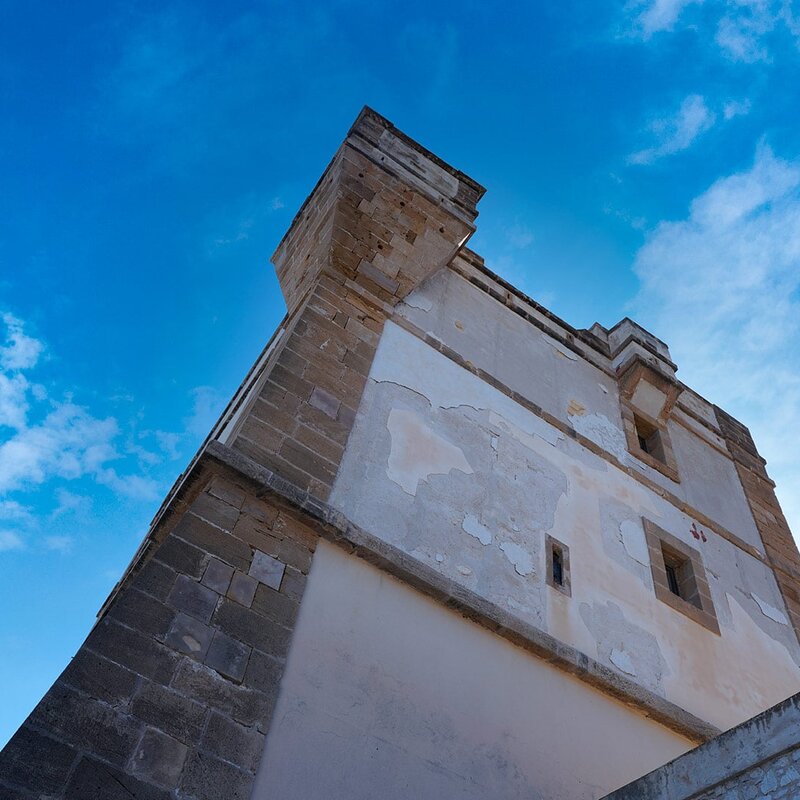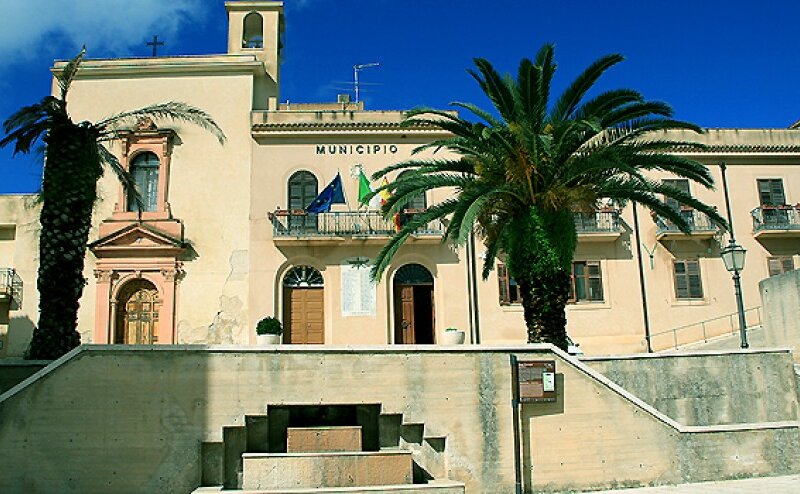locality
Calatafimi Segesta
Nestled in the rolling hills of western Sicily, Calatafimi Segesta is a place where history and tradition intertwine seamlessly. The town's origins trace back to the ancient city of Acesta, distinct from nearby Segesta, and its name is believed to derive from either Phimes, a noble farmer mentioned by Cicero, or Eufemio, a Byzantine officer linked to the Arab entry into Sicily. Under Norman rule, Calatafimi was part of the royal domain for over 250 years before becoming a fief in 1336. The town played a pivotal role in the unification of Italy, being the site of the 1860 battle between Garibaldi's forces and the Bourbon troops.
The Ossuary of Pianto Romano, inaugurated in 1892, stands as a solemn reminder of those who fell during this significant conflict. Wandering through the historic center, visitors encounter narrow alleys with evocative names like the Alley of Proverbs and the Alley of Origins, reflecting the town's rich cultural tapestry. Overlooking the town is the Eufemio Castle, perched 400 meters above sea level. Built around the 13th century on older foundations, it served various roles—from a strategic fortress to a royal governor's residence, later becoming a prison until its abandonment in 1886. The Garibaldi House Museum, once the residence of Parish Priest Antonino Pampalone, hosted Garibaldi on May 16, 1860. Today, it preserves historical documents, Garibaldian and Bourbon relics, photographs, and manuscripts.
The Civic Museum of San Francesco, housed in the former Convent of San Francesco d'Assisi, offers dual exhibitions: one dedicated to the Cavallari guild, associated with horse care and folkloric traditions, and another showcasing ancient crafts with artisanal tools and everyday objects. The town's religious heritage is equally captivating. The Mother Church of San Silvestro Papa, dating back to the era of Frederick II, features three naves and a magnificent 16th-century white marble polyptych. The Church of the Holy Crucifix, constructed between 1741 and 1759, exemplifies Baroque architecture with Neoclassical influences.
Other notable churches include San Michele Arcangelo, housing a statue by Gagini; the Church of Purgatory, now a museum of Baroque silverware; the Church of Madonna del Giubino, adorned with frescoes and a marble triptych; and the Church of San Giuliano, renowned for its artistic colored sawdust carpet. A short distance away lies the Archaeological Park of Segesta, home to one of the best-preserved Doric temples from the 5th century BC and a Greek theater still hosting performances today. Calatafimi Segesta's vibrant traditions come alive during various festivals. The May 15th celebration commemorates the Garibaldian battle of 1860. Every 5-6 years, from May 1st to 3rd, the town honors the miraculous Holy Crucifix with solemn festivities involving the guilds and traditional offerings.
Other religious and popular events include the Corpus Domini procession, the procession of Our Lady of Giubino on the fourth Sunday of September, the Feast of the Nativity of Mary on September 8th, the Immaculate Conception procession on December 8th, and the Maccherone Festival, celebrating traditional pasta dishes. Visitors can also indulge in local culinary delights like “cuccidati,” crown-shaped bread rings used in religious processions, and “cassateddi,” convent-origin pastries filled with sheep ricotta, sugar, and chocolate chips. The region also boasts olive oil, typical cheeses, local wines, and traditional sweets. Whether you're exploring ancient ruins, strolling through medieval alleys, or savoring traditional flavors, Calatafimi Segesta offers an authentic Sicilian experience that lingers in the heart.
